There’s something fantastical and magical about Estonia’s capital, Tallinn. This walled city is a well-preserved time capsule representing medieval and Renaissance life, classical majesty and the secretive, clandestine oppression of the communist era. It’s a place that invites closer inspection with a healthy dose of introspection to gain an appreciation of what its population has been through and to see how it has defined an ancient, yet innovative city.
Tallinn is a fairy tale city with a storied past
Tallinn’s old town in one of Europe’s best-preserved medieval walled cities, protected by UNESCO World Heritage listing. Conversely, the city is considered to be a hub of innovation, attracting startups and IT success stories like Skype – a company that has changed travel and transformed communications for expats like us. These extremes are a common theme.
For a heavily walled town, Tallinn’s history is one of occupation. Since the middle ages, it has periodically changed hands like a poker game, flipping between the Danes, the Swedes, the Finns and Russians, with its tenuous standing as the Republic of Estonia only secured at the fall of the iron curtain in 1990/91. Now it’s invaded daily by marauding tourists disembarking from cruise ships that come from across Russia, Germany and Scandinavia. With Finland just an hour away, it makes for a central port on any Baltic cruise and that is a factor that brings in plenty of tourist dollars to the detriment of the character of the city. One thing is for certain – the Estonians don’t underestimate the value and you’ll quickly realize how overly touristy the place feels.
But Tallinn’s been attracting foreigners since day dot with records of being around for 5,000 years, with the first written evidence (no, it wasn’t a postcard), dating back to the 1200s when the Danes occupied the town. It’s why it’s named Tallinn – derived from Taani-linn(a), meaning Dane Town. As a center along the trade routes between Russia, the Baltic states, Germany and Scandinavia and just a short distance across the water to Finland, the city became a major trading port and player in the Hanseatic League and you’ll see traces of their presence right through the town’s guildhalls, churches, and even restaurants. This is our quick guide to getting the best out of your time here as you party like it’s 1450.
The Port
Once it was fabrics, livestock, and treasures that attracted traders to the port. Today, it’s booze. Besides the throngs of tourists disembarking from the cross straight ferry, there are hoards of Finns ready to vanquish the discount liquor stores lining the docks. Alcohol is heavily taxed in Finland, so they catch the ferry and load up on cheap grog. Finns can bring back 110 litres of beer, 10 litres of spirits and 90 litres of wine and judging by the sale of cheap foldable carts advertised on the boat, they have every intention of bringing back every allowable drop.
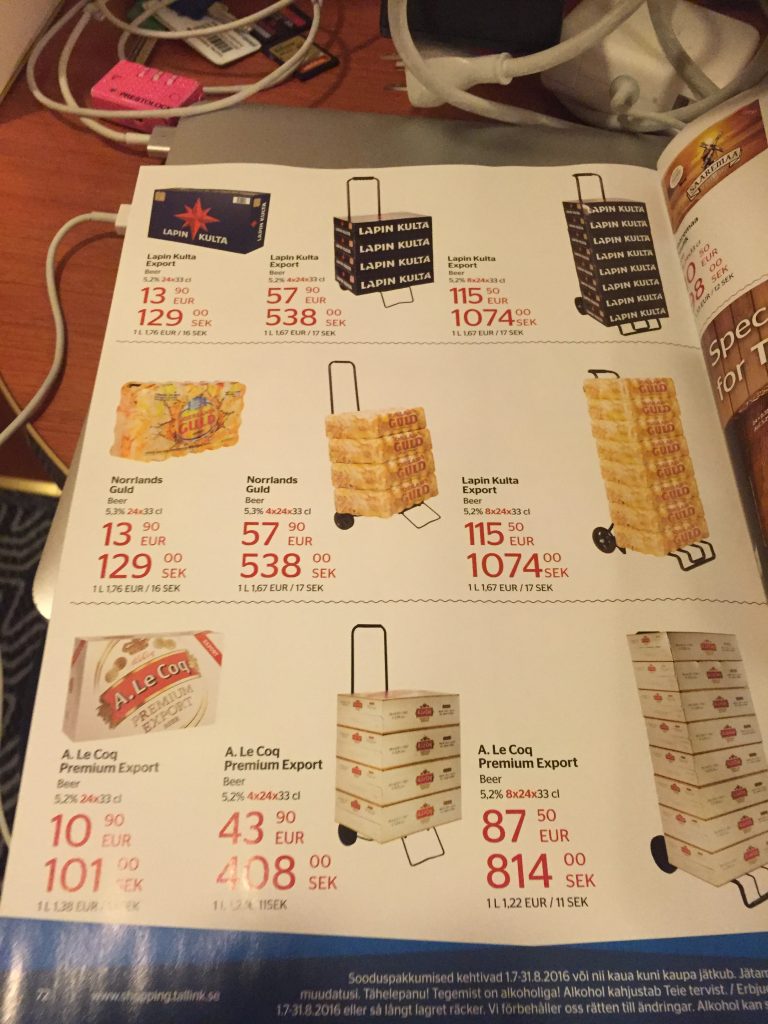
Walking from the port to the Great Coastal Gate takes about 10 to 15 minutes (assuming you’re not carrying your bodyweight in duty free contraband. It’s a very gradual hill and gives you plenty of time to take in the grandeur of the medieval town ahead of you.
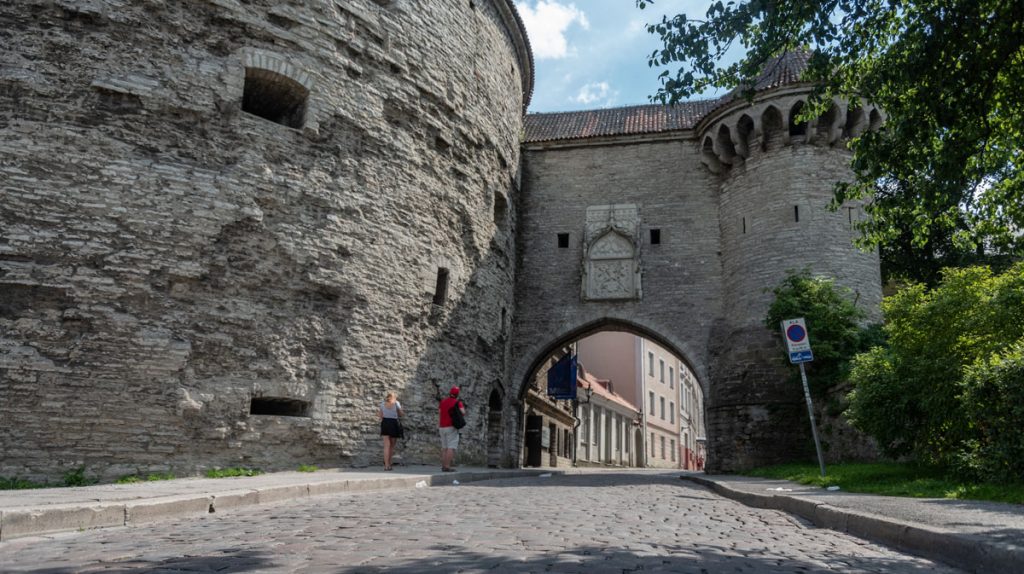
The Great Coastal Gate and Fat Margaret Tower
Greeting arrivals from the port, the morbidly obese artillery tower served as a key defensive point, with ample cannon ports to cover a 180-degree line of fire. It now houses a maritime museum, but over the years it has served as a barracks, prison and storehouse. The Great Coastal Gate is a grand entrance, watched over by a crucifix and carvings.
Pikk Tanav or Long Street leads from the Fat Margaret Gate right through to the KGB Museum.
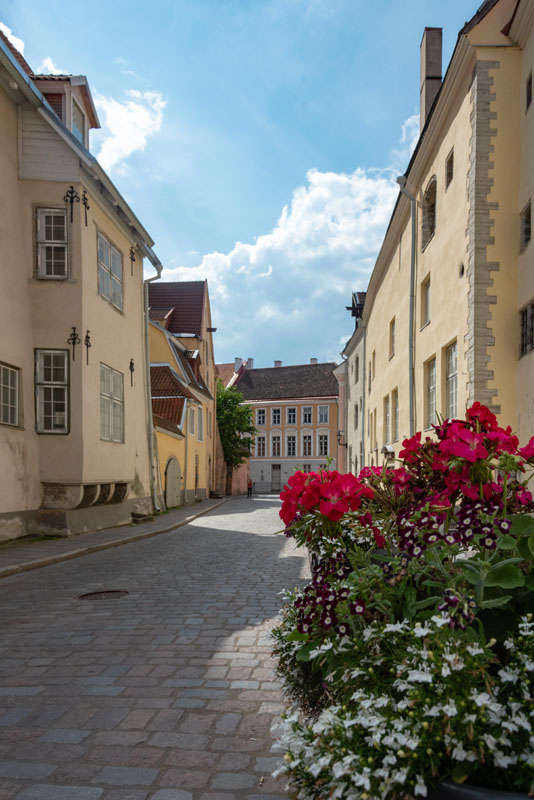
The Old Town
Stepping through the gates, there’s an overpowering floral aroma. Bright red geraniums bloom in carved wooden window boxes. In the distance the clip clopping of horse shoes connecting with roughhewn paving reverberates down narrow streets. If you shut your eyes to ignore the streams of tourists, you get transported back to the 1600s. Bells peal boldly, sounding the hour, while seagulls squeal indignantly at the hundreds of intruders.
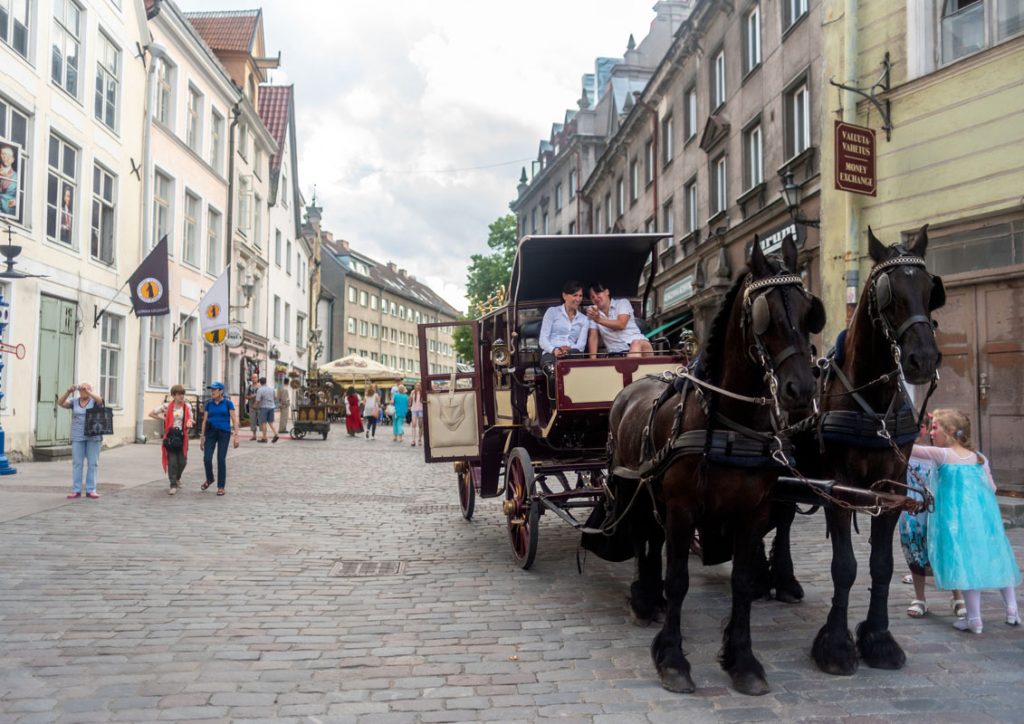
Open your eyes and you narrowly avoid a very real horse and carriage carrying chattering tourists, followed by a modern police van flashing its blue light menacingly. It’s a rude awakening in such a perfectly sleepy setting. Keeping your eyes open is important though. The hand laid cobblestones jut out at every angle – then there are the warnings to beware of pickpockets. Cest la vie, it’s probably the second oldest profession.
Most of the houses date back to the 16 to 1700s, with cute courtyards and whitewashed walls.
St. Olaf’s Church (Oleviste Kogudus)
St Olaf’s Church has been part of Tallinn since the 1200s, with the Scandinavian-built church named in honor of King Olaf II of Norway. As the world’s tallest church (back in the 1500s), it was struck regularly by lightning, leading to fires in 1625, 1820 and again in 1931. The latest incarnation is 124 meters high and you can climb all the way to near the top of the steeple for some of the best views of the city. In the Cold War there was a secret KGB listening station on the wooden platform by the bells.
The House of the Brotherhood of Black Heads
Dating back to the 1400s, this completely un-PC house is the oldest remaining Renaissance building in Tallinn. Its colorful door and ornamentation above welcomed merchants from its guild, trading between northern Europe and Africa
Tallinna Raekoda (town hall) and Town Square
The heart of the old city, the town hall is a relic that wouldn’t look out of place in an episode of Game of Thrones. Dating back to 1404, it has survived trade wars and world wars to be the oldest of its kind in Scandinavia. You can get inside for tours and if you’re game, can climb the tower – its spire built in the 1500s, but damaged by a Soviet bomb in 1944. The gargoyles on the main walls are well worth seeing, so look up and take it all in. The surrounding square is full of tourist-focused restaurants and souvenir shops selling fake armor, leather, and nesting dolls.
Olde Hansa
Olde Hansa is a restaurant that prides itself in bringing the food and dining experience of the past to life. Set in an original merchant’s house, it has been modeled on the food, dress and décor of the days of the Hanseatic League (circa 1400s). There are two buildings. The first is light and airy, whilst the second is the full deal. You can enjoy full banquets, or a la carte dining, with plenty of smoked fish and hearty honey beer. We had a love/hate relationship with the place – Bernie loved it and Jess couldn’t wait to get away from the aroma of smoked fish.
The walls
Walking inside the city walls, we pass street merchants touting cheap souvenirs and woven wares in alcoves that look like they were alone stables. Above, a covered wooden walkway carries a constant column of people. We follow their lead and enter the nearest tower. Each tower has a museum or gallery space at its base, with winding spiral stairs up to the ramparts and in total, 20 towers still remain. For 2.00€ or 1.00€ for a child, you can climb three floors to the walkway and look down at the gables and quaint red roofs that make Tallinn feel like it’s out of a fairy tale.
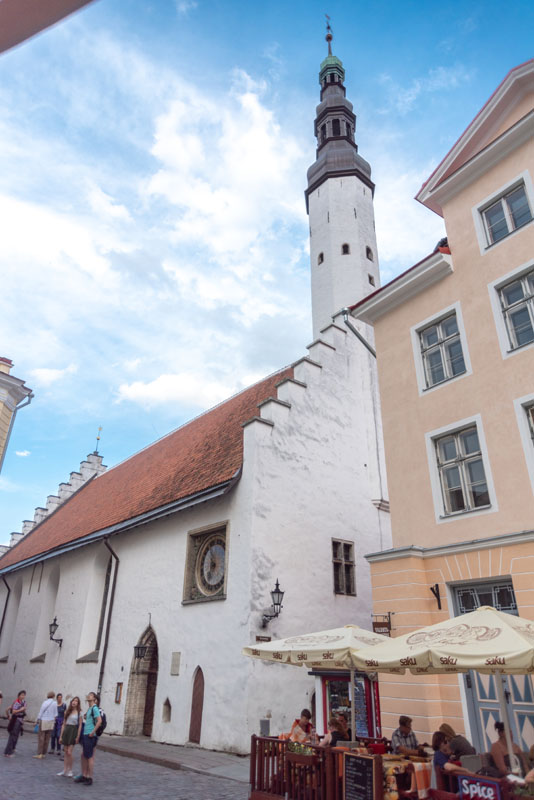
Church of the Holy Spirit Puhavaimu Kirik
Like much of the Old Town, walking through the doors you’re greeted with the smoky aroma of time. The white washed exterior and blue-faced clock dating back to 1684 is often all people see of this church, but we’re lucky to be there when it’s accessible and pay the 1.50 Euro fee for the chance to see its baroque beauty. Dark wood pews provide a contemplative seat while admiring the cracked oil painted Stations of the Cross that border the upper level. The altar houses a beautiful carved gold leaf triptych by 15th Century Lübeck artist Bernt Notke, but the presence of modern stained glass is quite jarring in comparison. Apparently, there are often classical concerts held here at 6pm.
Kalev Marzipan Factory Museum
Marzipan is a confection we aren’t particularly fond of, but it’s apparently quite popular (they do have a weird range of tastes in this part of the world, with an obsession with sickly licorice). More of a candy shop and café than a museum, in this cute shop (which dates back to 1800s) you’ll find chocolate and marzipan creations, from a gigantic model of the town hall to dioramas to Marzipan versions of Putin, Trump, and Disney characters. The artistry of the hand painted candies is worth a quick stop and the espressos are decent too.

The Viru Gates
Dating back to the 1300s, the Viru Gates are thick round towers that have become synonymous with Tallinn’s image. Ironically, the stone gates that have protected the city for centuries are overlooked by a different set of arches – the Golden Arches. It’s jarring to see McDonalds so close to a world heritage listed site.
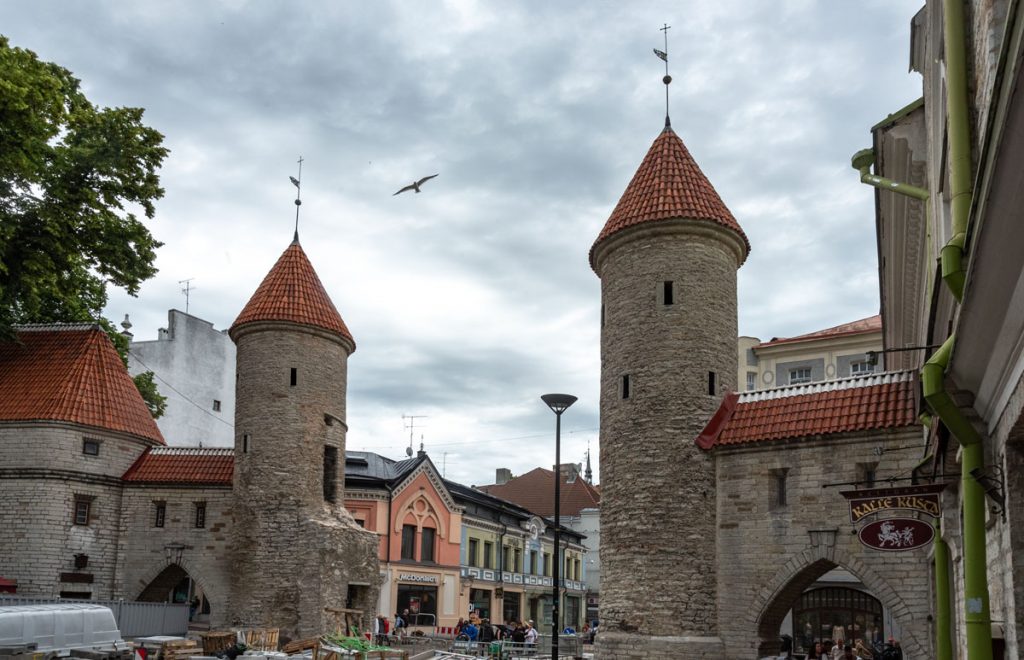
St. Catherine’s Passage
Moments from the Viru Gates is an almost hidden medieval lane bearing the remnants of ancient gravestones on the walls. It originally led to the church of St. Catherine’s. It’s pretty and would make for a nice photo, but it’s generally jam-packed with tourists, so come early if you want to see it at its best.
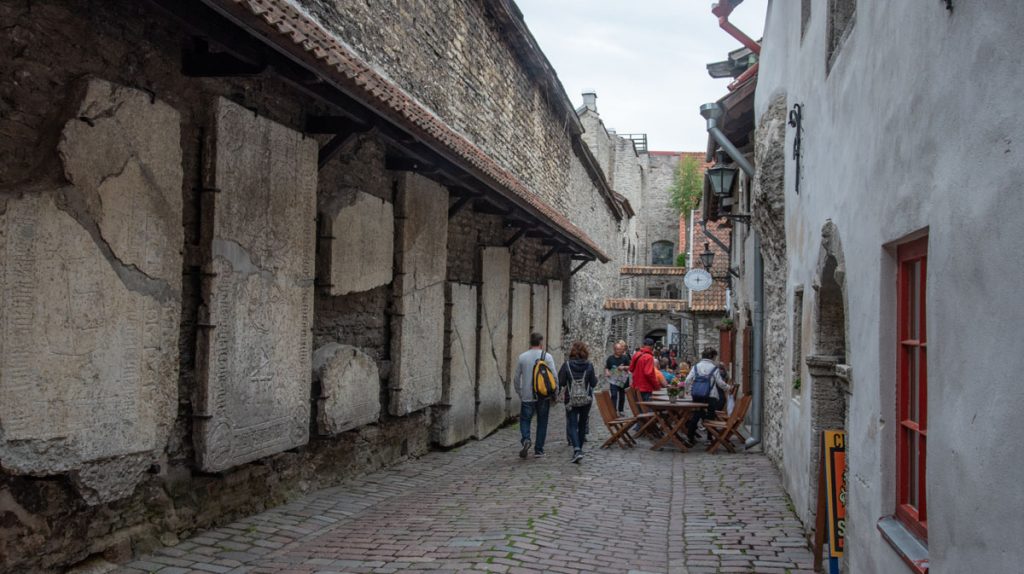
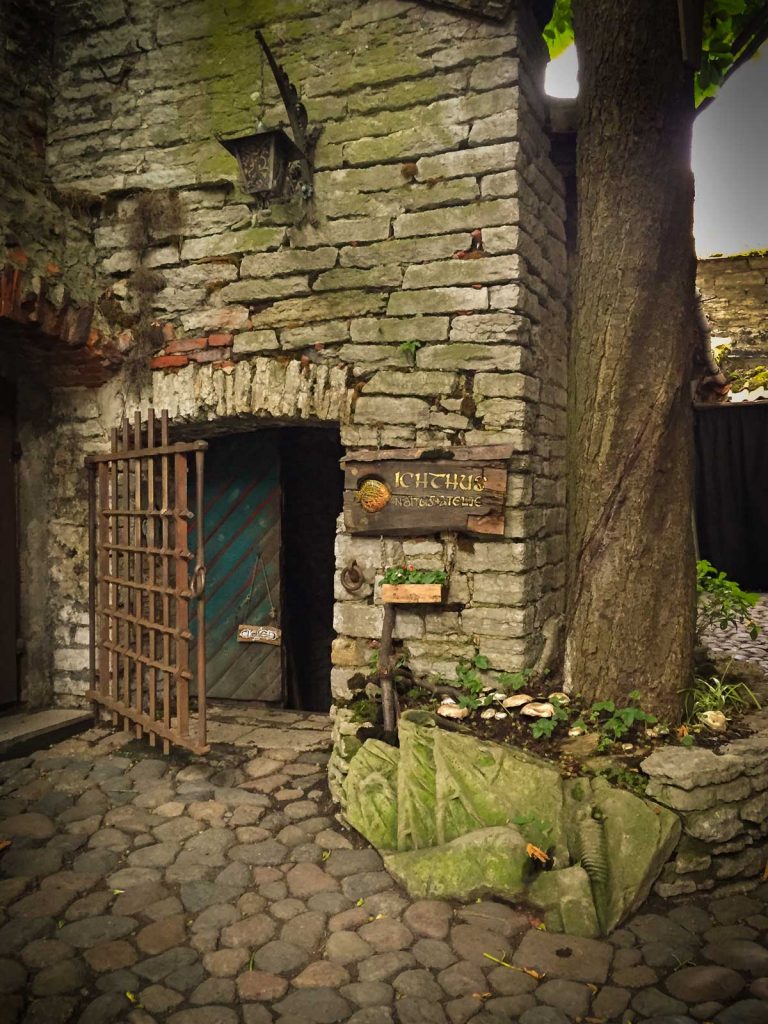
Dominican Monastery Claustrum
Secreted away in a tiny courtyard, you’ll find one of Tallinn’s oldest buildings. This former Dominican Monastery gives you access to the cloisters, sacristy, and a monk’s quarters, but at 5 euro, we preferred to sit in the quiet of the garden and appreciate the moment and setting, watching everyone else enjoy a moment’s contemplation of their phone screens.
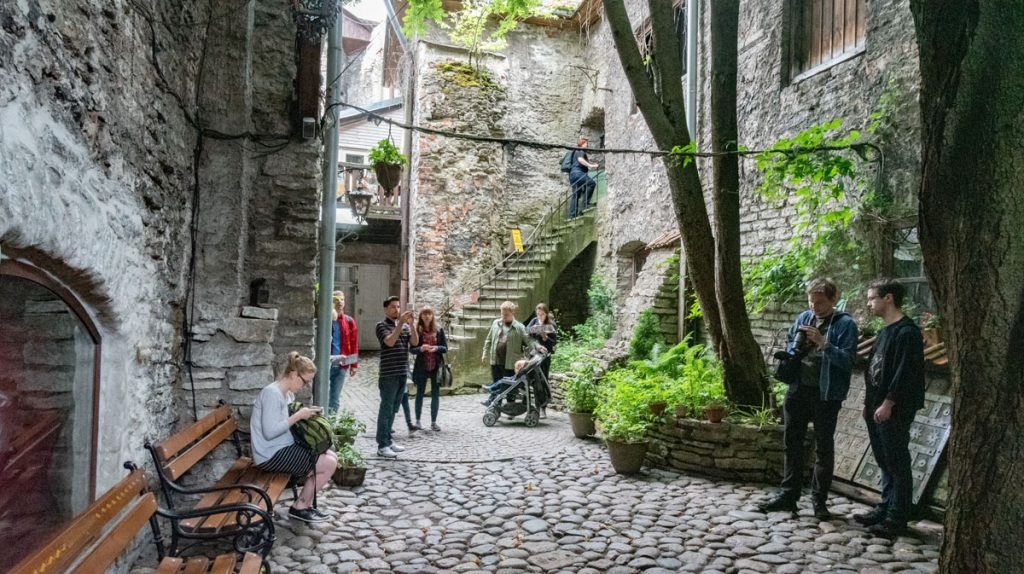
Tornide väljak (Tower Square Park)
A purely medieval moment is waiting for you outside the stretch of wall between the Plate Tower, Epping and Köismäe Towers. Here you’ll find a tranquil setting with ornate gardens set against the walls. Modern sculptures create a surreal serenity looked down from above by the ancient ramparts. The combination of greenery, yellowed stone and rich orange tiles are as vivid as you’d find on an illuminated manuscript from the fourteenth century.
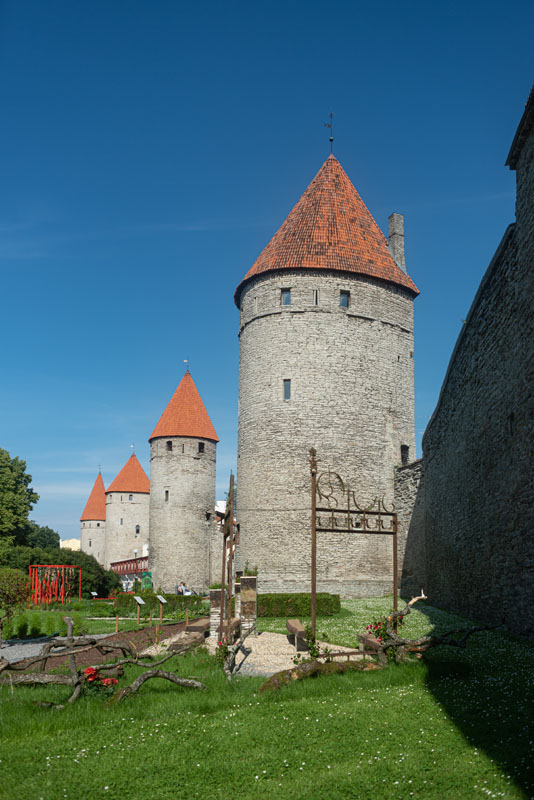
Viru Hotel and KGB Museum
One of our favorite experiences in Tallinn is seeing inside the secret KGB listening station in the Viru. The Viru Hotel, built in 1972, was the city’s first high rise building. As the only prestige hotel for westerners, it held an abundance of secrets, with a hidden KGB office on the top floor monitoring listening devices in the guest rooms and restaurant. Agents seduced visitors for secrets just like in James Bond. Today you can still stay in the renovated hotel or just stop in and take a tour of the KGB Museum.
Lennusadam Seaplane Harbor
We’re a sucker for a good, single-themed museum, but the Lennusadam Seaplane Harbor really delivered. Built in the golden age of transportation, as part of Peter the Great’s naval fortress, back in 1916, the Lennusadam Seaplane Harbor was originally constructed as a hangar for seaplanes. The three-domed building is significant as the first reinforced concrete structure using big shell frames. Probably its most famous visitor was Charles Lindbergh, and his radio operator, navigator, and wife, who flew into Tallinn from Moscow in September of 1933 in a Lockheed Sirius hydroplane. Today it houses a state-of-the-art maritime museum featuring an early Estonian submarine, tanks, artillery, and early fishing boats. Outside are former patrol boats that you can board to look around.
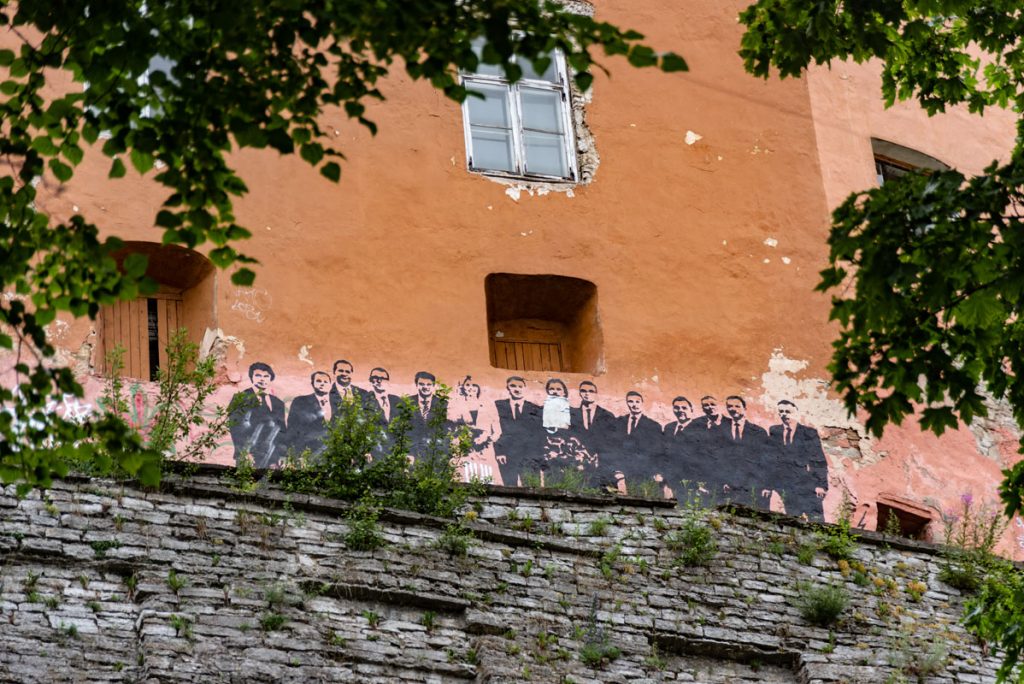
Toompea Hill
Toompea Hill or Cathedral Hill is the classic case of the haves and the have-nots. It has been where the republic’s political, diplomatic and aristocratic folk have lived for hundreds of years, looking down at the peasants. From its position on a limestone tableland watching over the city it was the site of the original fortress. It was a separate town until 1877 and retains an air of superiority not just in terms of altitude but in the luxurious apartments that have housed Teutonic komturs, Swedish and Danish rulers, Nazis and communists.
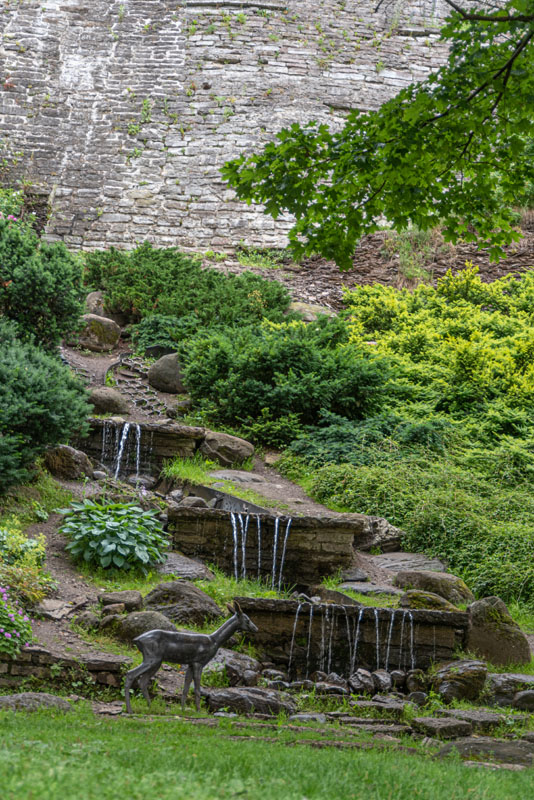
Alexander Nevsky Cathedral
If you love art and history, don’t miss the Alexander Nevsky Cathedral. The stunning gilt altar and soaring onion-like cupolas of the Alexander Nevsky Cathedral are a dominant architectural feature of Tallinn’s skyline and easily he most recognizable feature of Toompea Hill. It was built in a period of czarist domination between 1894 and 1900 and was loathed by proud Estonians as it was seen to be a symbol of Russian dominance and oppression. The cathedral survived multiple plans to demolish it and after the city shook off the shackles of communism in 1991, it was renovated to its former glory.
Stenbock House
Stenbock House is the official seat of power for the Estonian government and like anything tied to government has a checkered past. Its construction was originally funded by the Russian powers but the money dried up when the budget was reallocated to armaments for the Russo-Turkish war. The builder, Count Jacob Pontus Stenbock repossessed the site and claimed it as his family home. Over generations it found its way back into the hands of the government, serving as a courthouse and eventually after the departure of the Russians and extensive renovations, the seat of power.
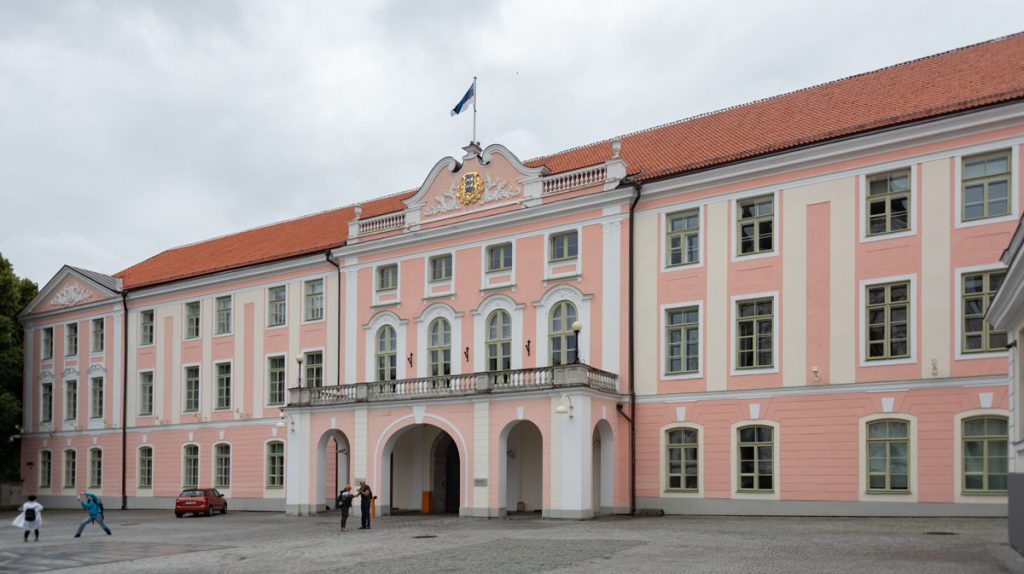
The Presidential Palace
Built in 1938, in a fleeting moment of independence, The Presidential Palace was built. It’s just across the road from the Alexander Nevsky Cathedral. Today is serves as the Office of the President of the Republic of Estonia, with a daily changing of the guards a point of interest if you are around at the right time but scarcely worth going out of your way to see it as it really is underwhelming.
St. Mary the Virgin Cathedral
St Mary the Virgin Cathedral is the oldest church in Estonia, built by the Danes in the 1300s. It was converted from a Catholic Church to a Lutheran cathedral in the Reformation. The church was rebuilt multiple times after fires and its current baroque style reflects the last major rebuild in the late 1700s. Characteristic to the Lutheran ideals, the interior is simple and sparse, yet the walls are covered in wooden heraldic shields and coats of arms representing the wealthy families who once worshiped here.
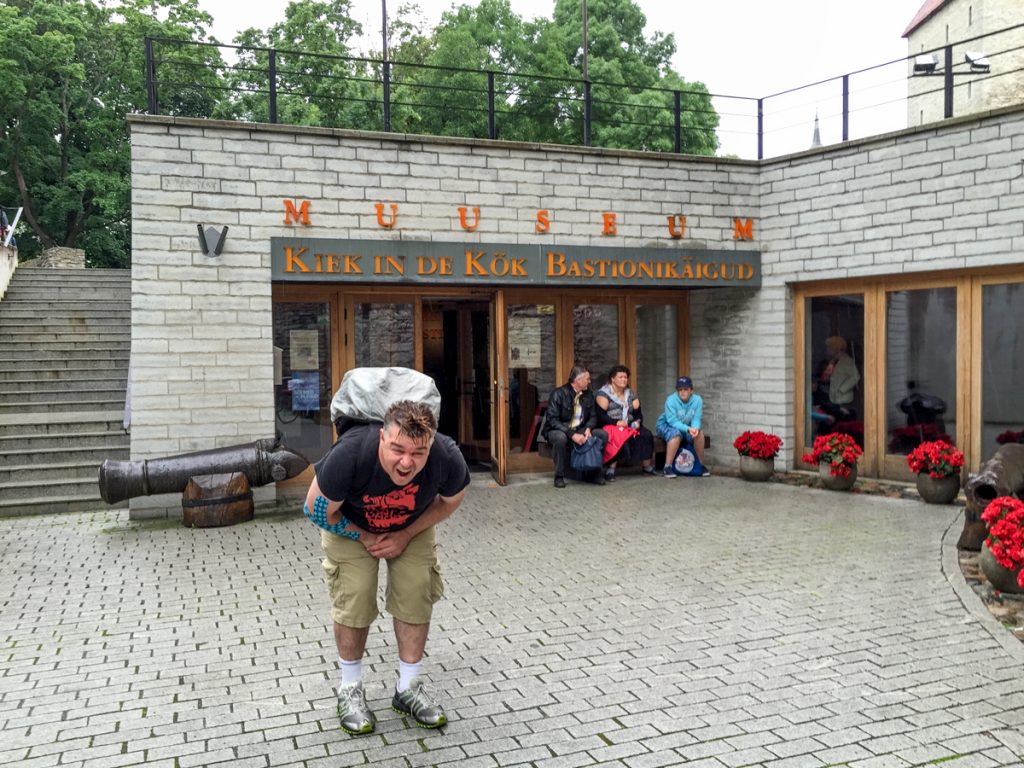
Kiek In Da Kok
Rather than copping a swift kick in the family jewels, this defensive artillery tower’s name translates to “peep into the kitchen” as it offered soldiers a voyeuristic view into the kitchens of surrounding cottages. Built in 1475, this thick stone tower stands at 38m height with walls 4m thick and cable of withstanding heavy medieval cannon balls. Now housing a museum of armaments and artillery through the ages, it’s steep spiral staircases and roughhewn earthworks provide an interesting glimpse into life during the Hanseatic league and a peek into the kitchen windows of the properties below.
Getting around
The old town is completely walkable and most key attractions are in or around its walls. If you want to venture further, a modern trolley system operates servicing the greater town.
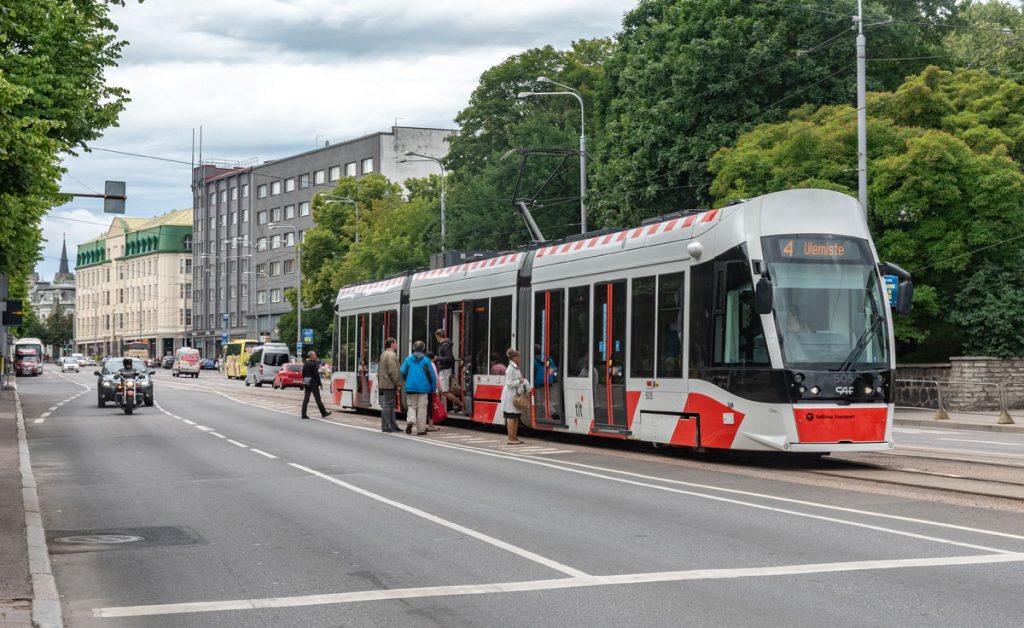
Where we stayed: The Gotthard Residents Hotel
Choosing a room in a guesthouse that has been around since the 1500s was always going to appeal to our history fetish, but it has its drawbacks. The positives: It’s incredibly quaint and clean, with uneven corridors and antiques hanging from thick cut wooden beams. The main negative we experienced was that being an ancient hotel and with our room on the top floor, it was incredibly hot. There was no air conditioning and only a tiny window set high up in the wall meaning a complete lack of circulation. Tallinn turned on a perfect day with temperatures in the 30s which remained into the evening meaning we roasted. After swimming in a pool of sweat and repeated complaints to concierge, a broken fan was recovered from the basement and taped together while we went for a 2am ice-cream run at the local gas station.
The Gotthard Residents hotel offers a full buffet breakfast to fuel up on protein and coffee for the day’s explorations. All complaints aside and the fact that Tallinn doesn’t regularly get freak heatwaves, we’d recommend the place for its perfect location and awesome breakfast – just ask for a room that is not on the top floor.

What we’ve saved until next time
The Tallinn TV Tower
The 313m high, communist era tv tower is situated 11km out of town and offers a terrifying experience where you can walk or hang from its dramatic aerial.
Exploring the Cold War era ruins
We stuck around the old town and given an extra day; we’d have loved to explore these areas, which are hot spots for street art.
Estonian Open-air Museum
After visiting open air museums in Denmark, Sweden and Norway, we know Northern Europeans really deliver on the immersive cultural, living history front. Sadly, our time was too short to justify the trip there but judging by other blog posts we’ve read, it seems worth checking.



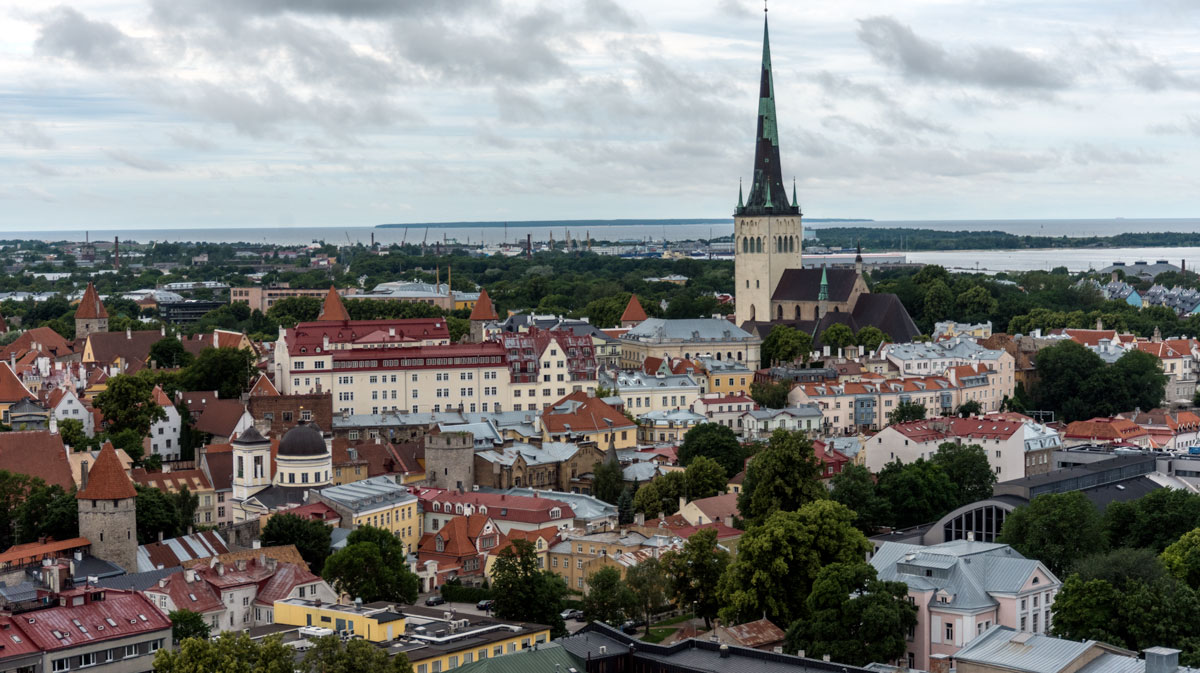
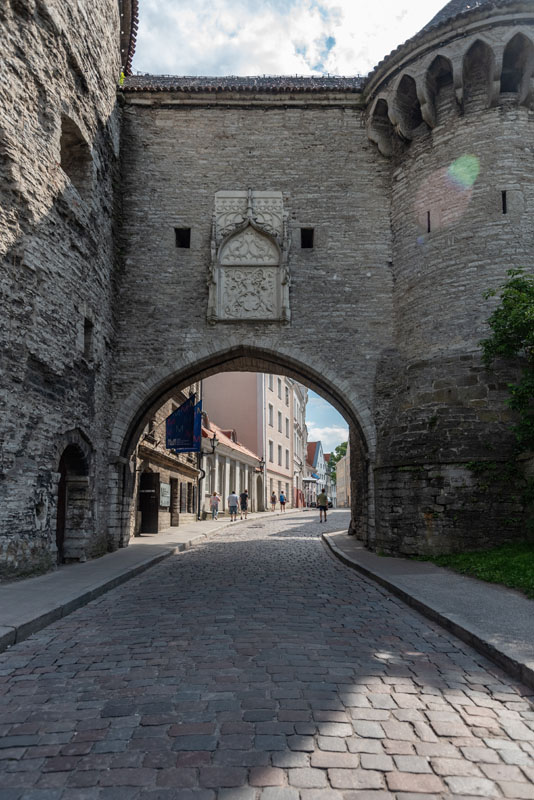
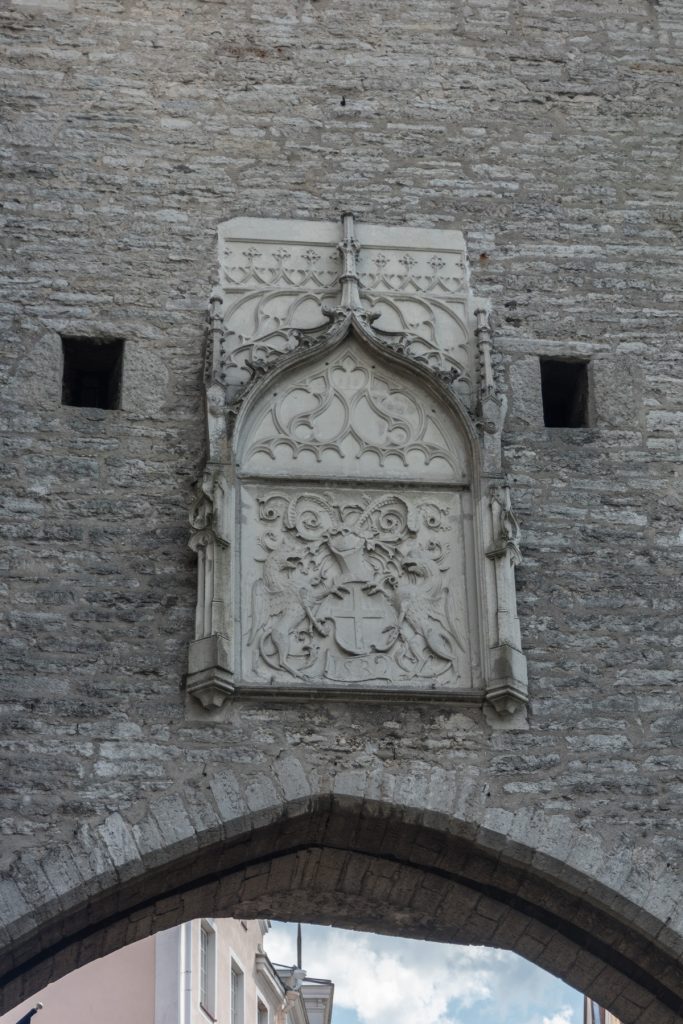
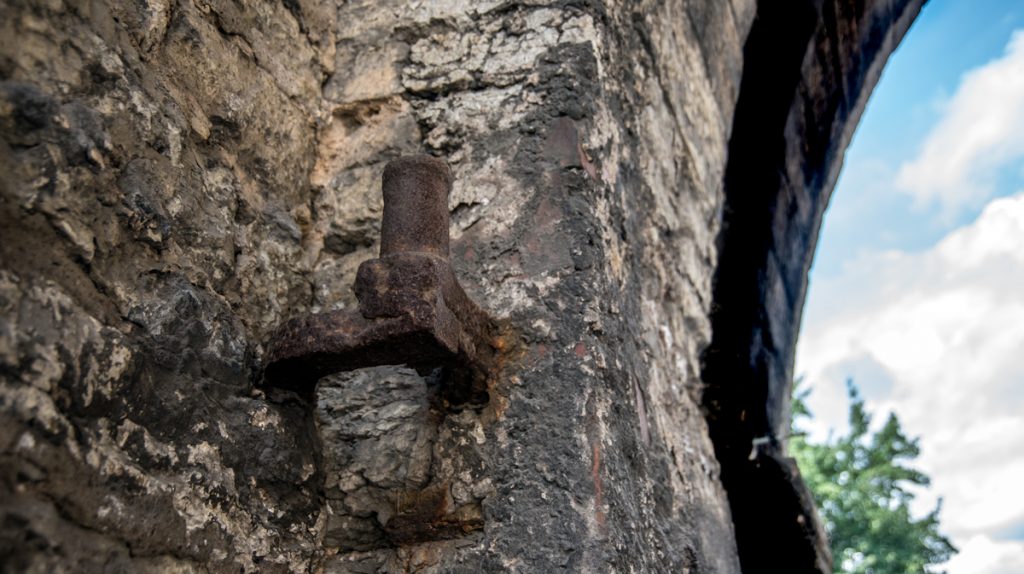
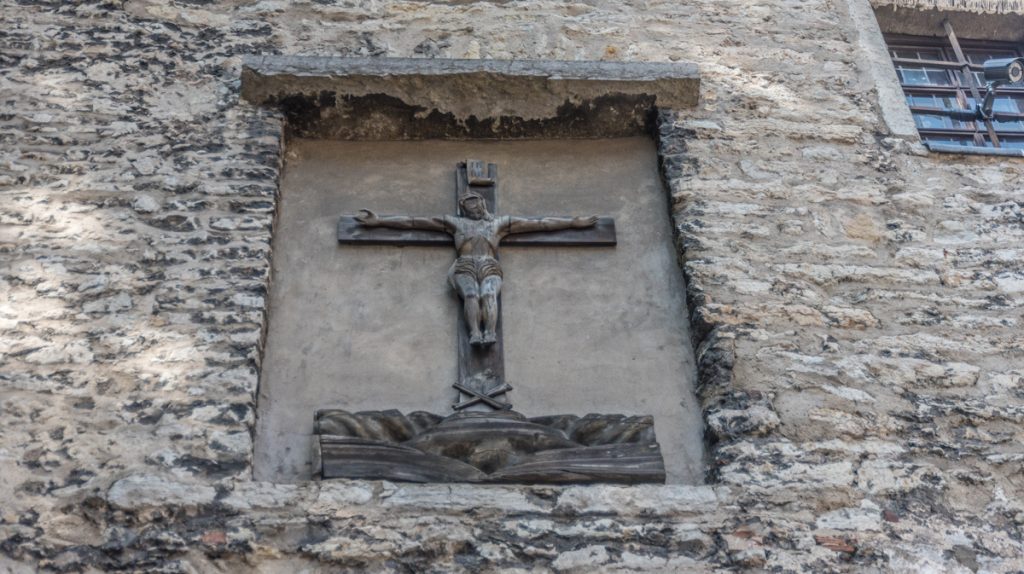
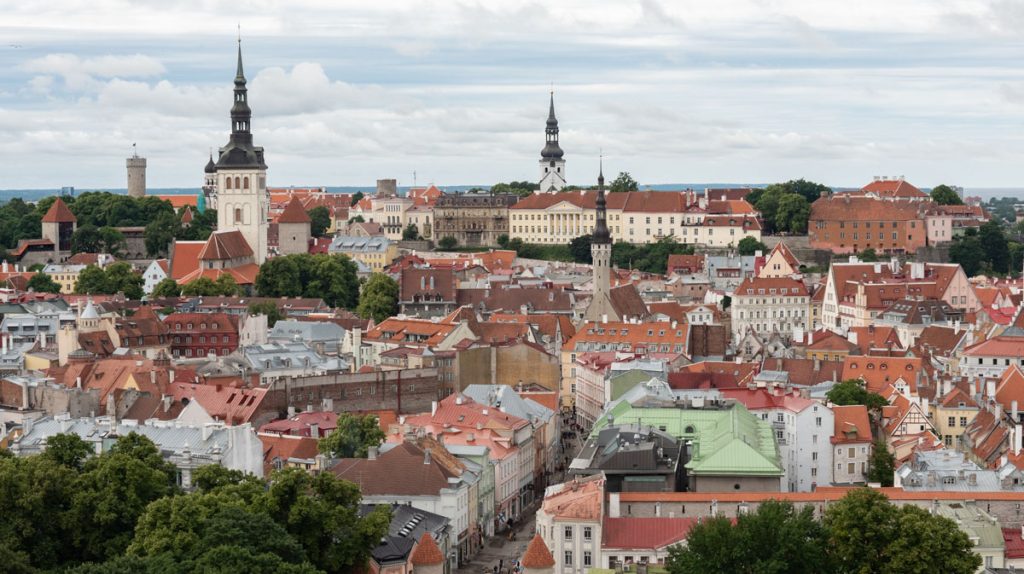
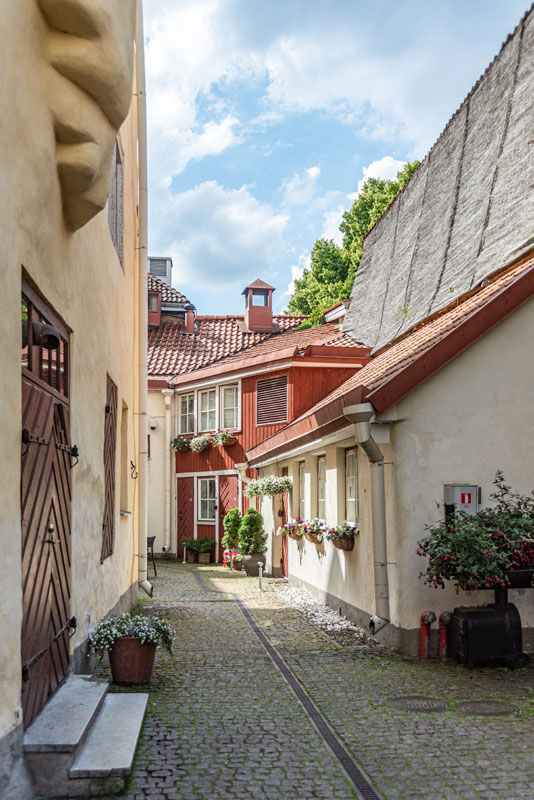
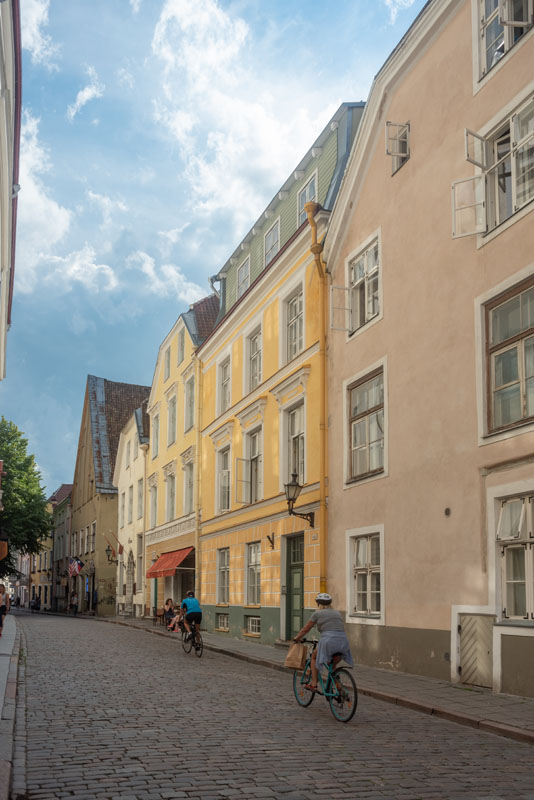
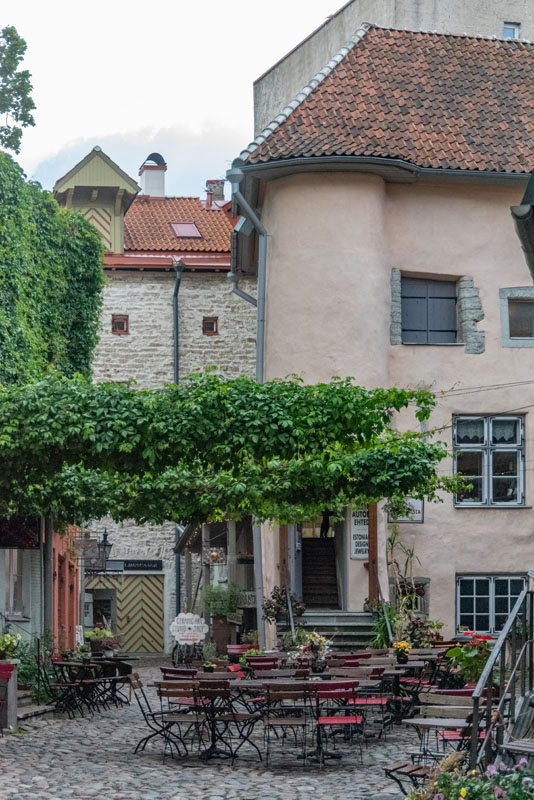
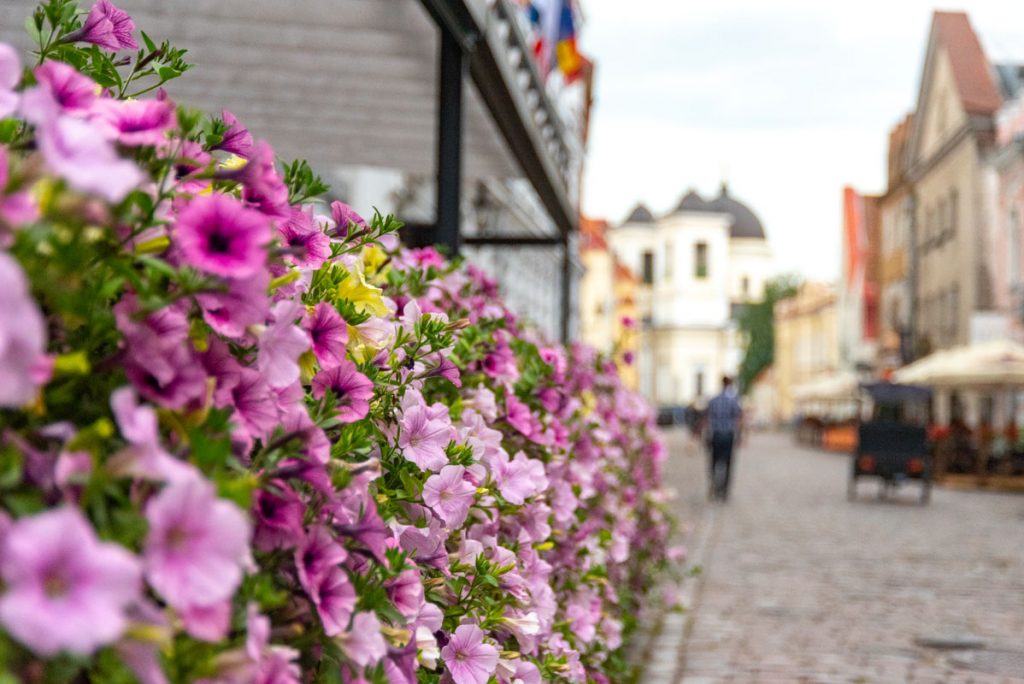

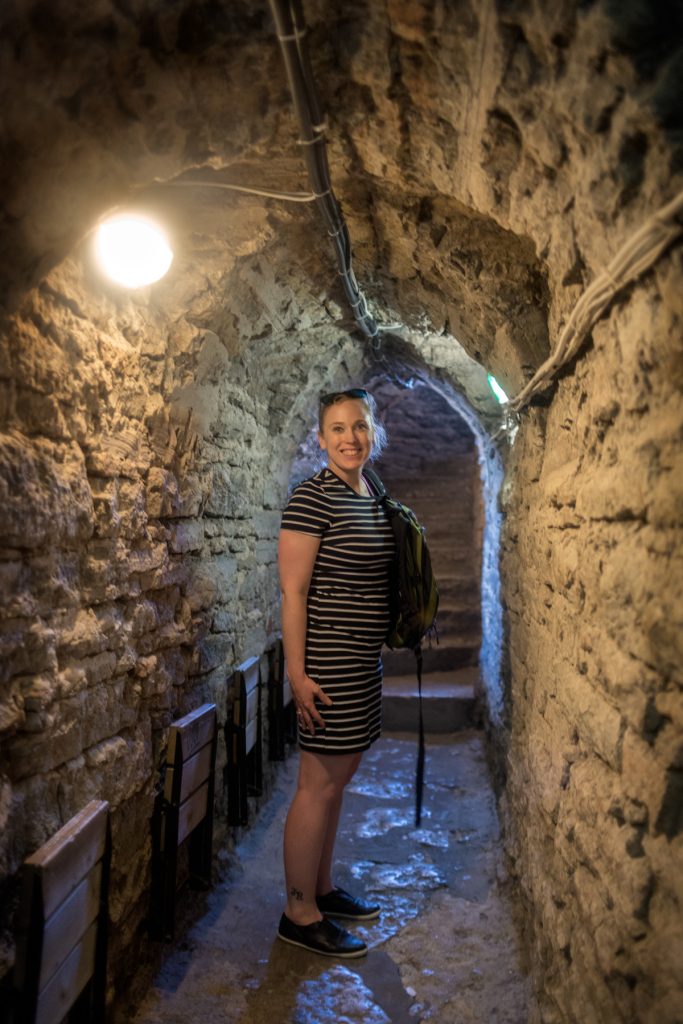
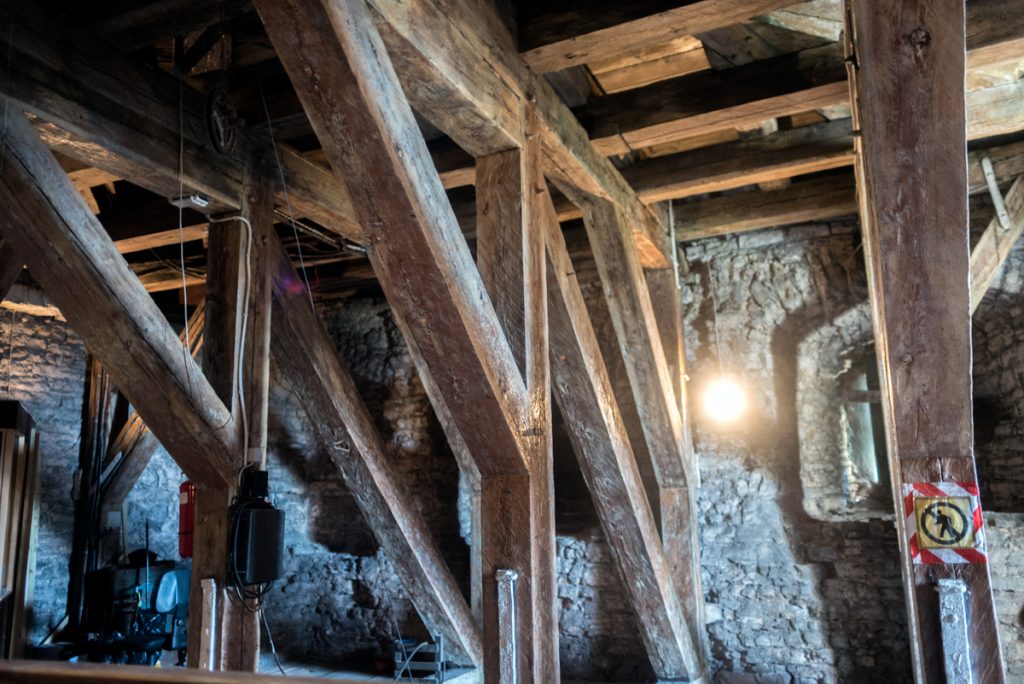
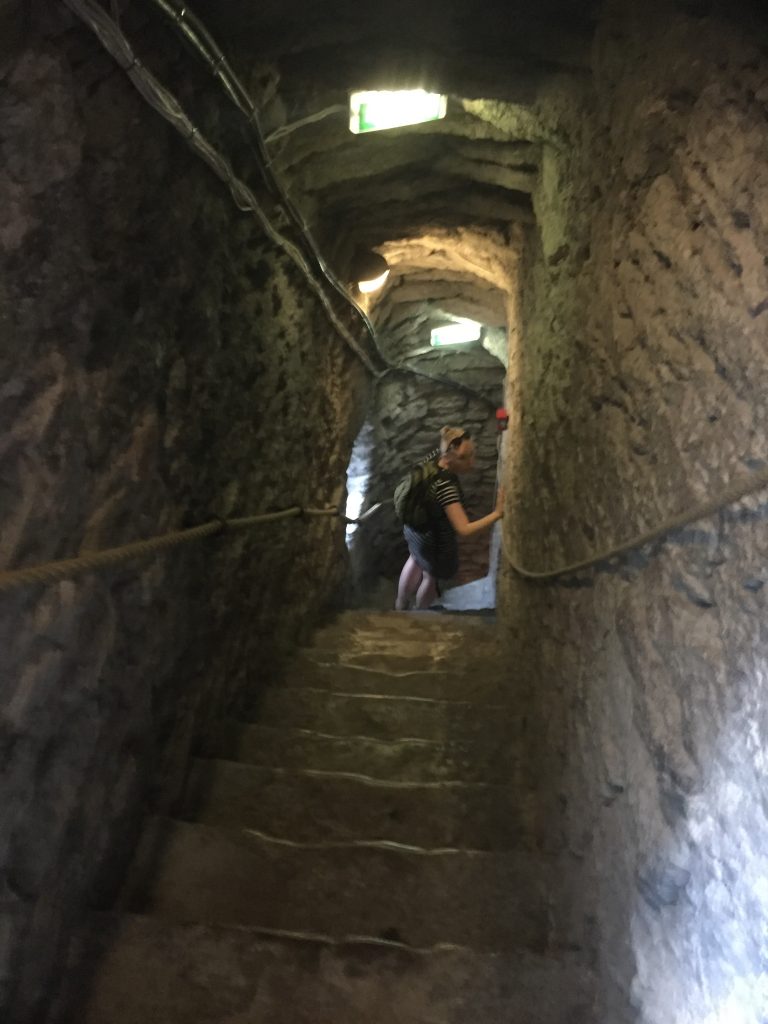
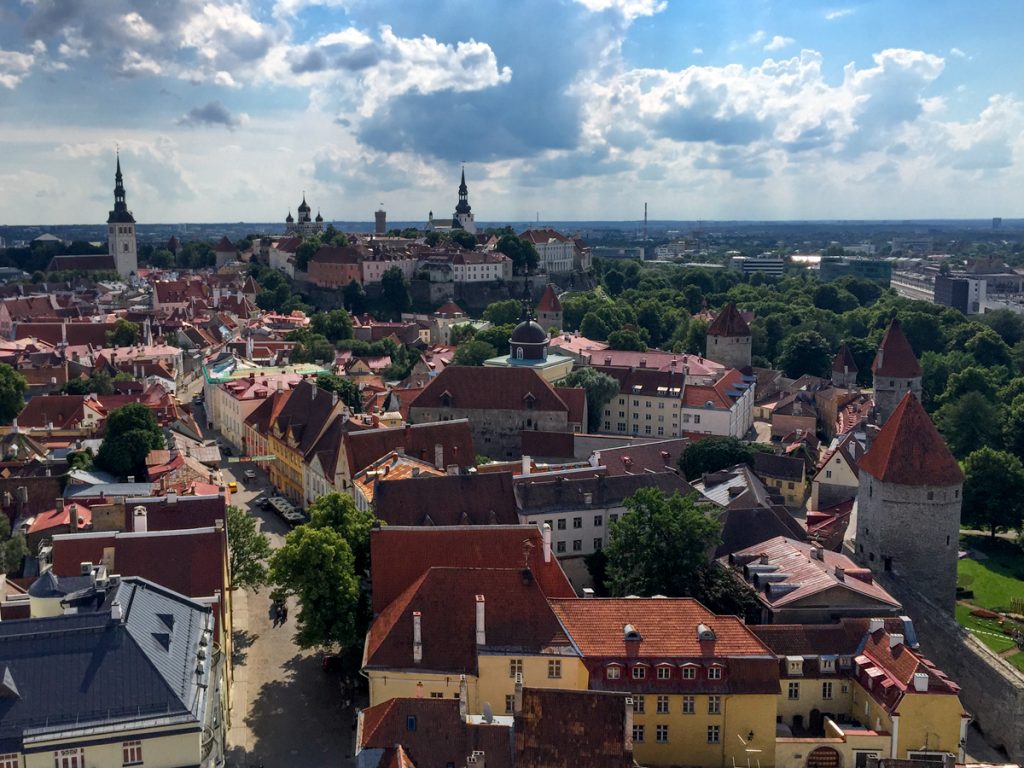
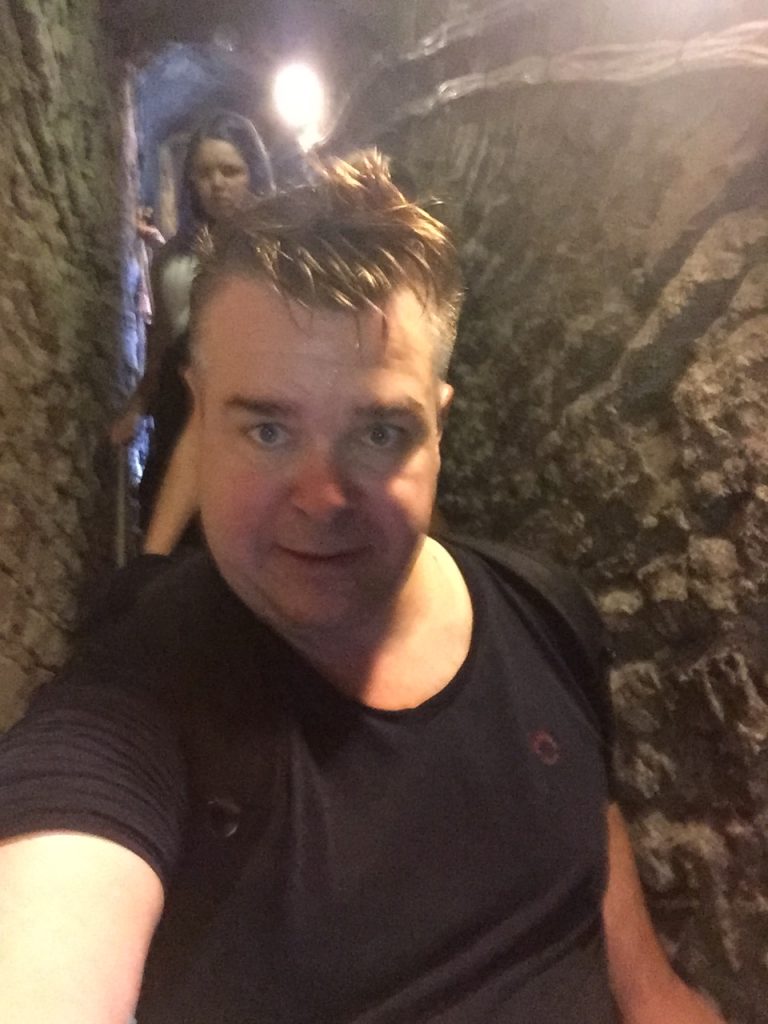

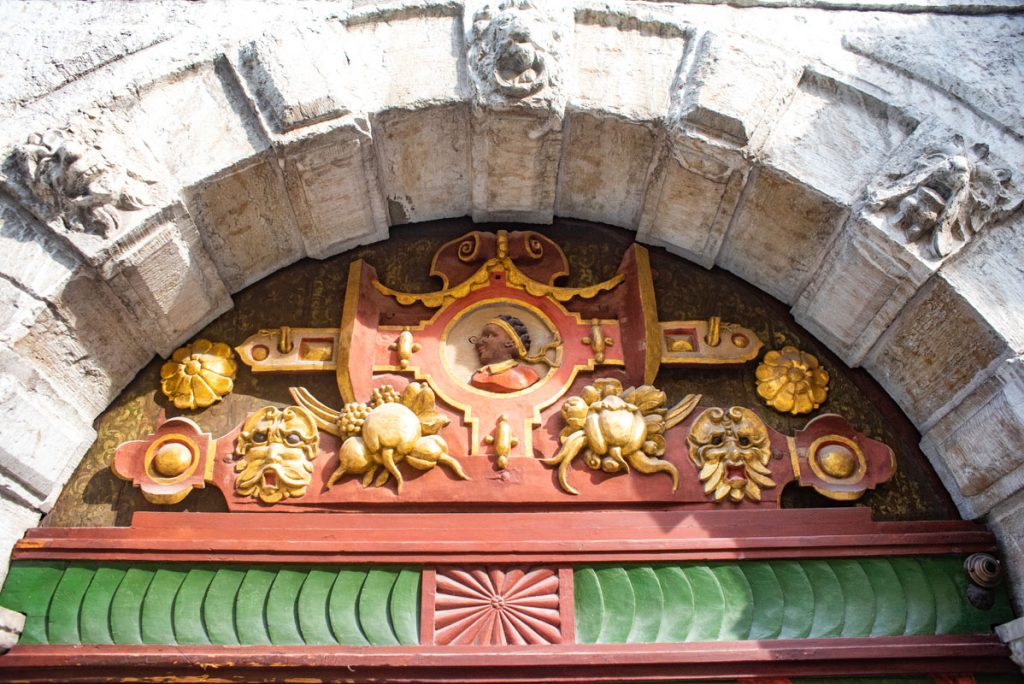
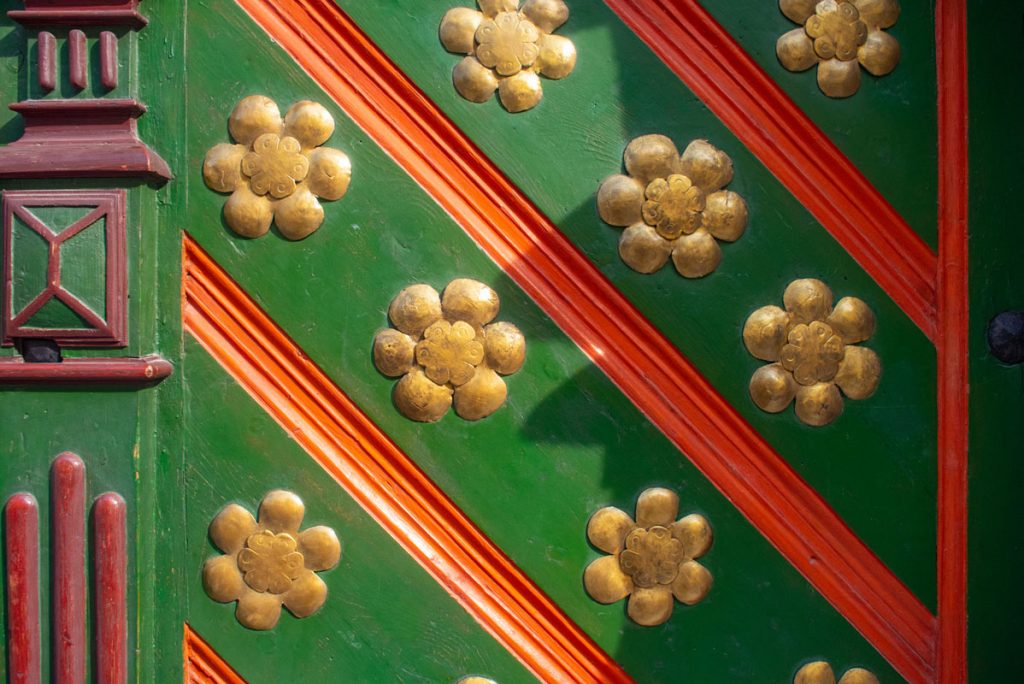
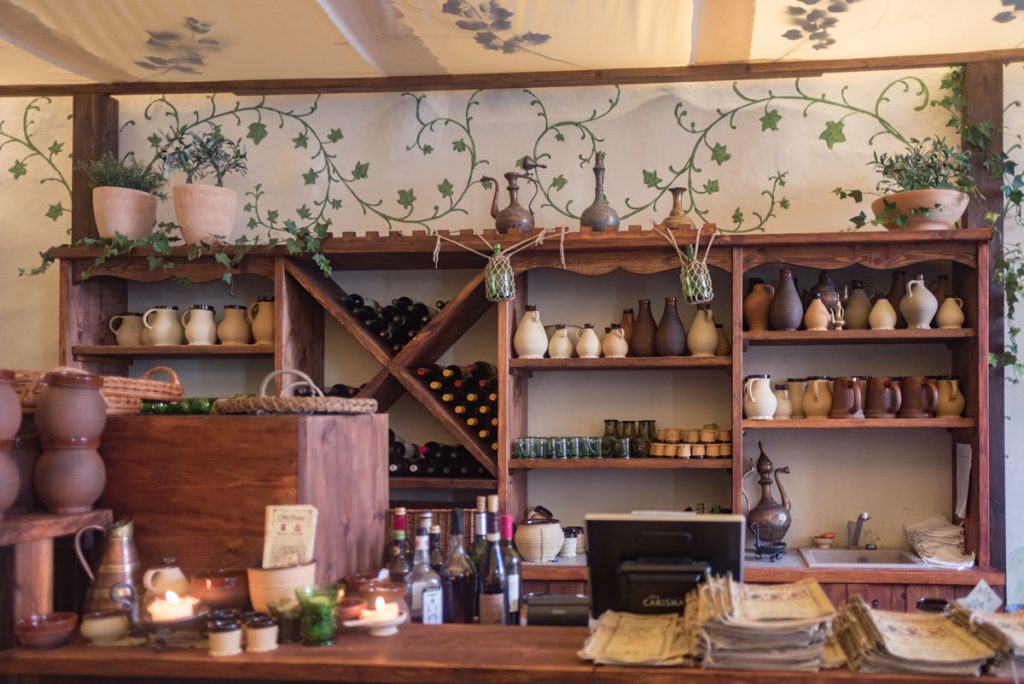
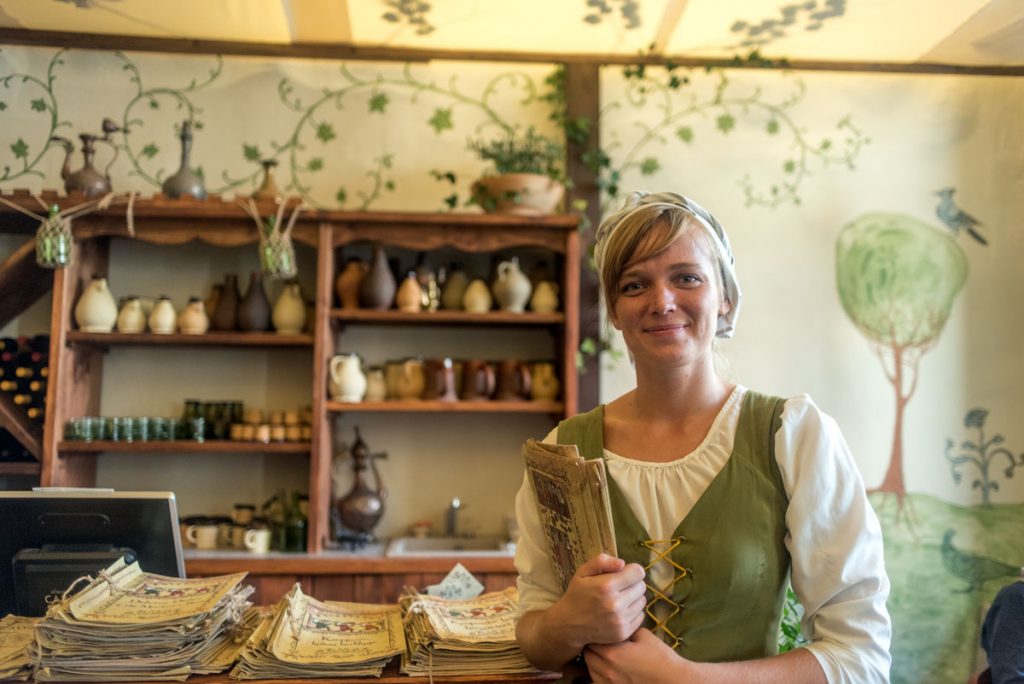
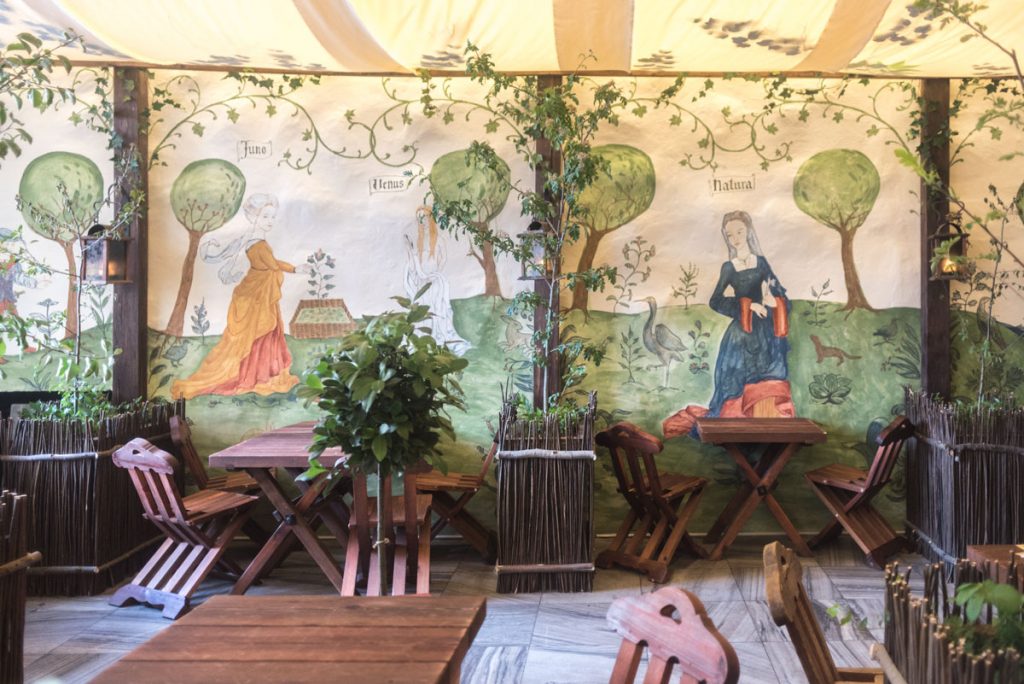
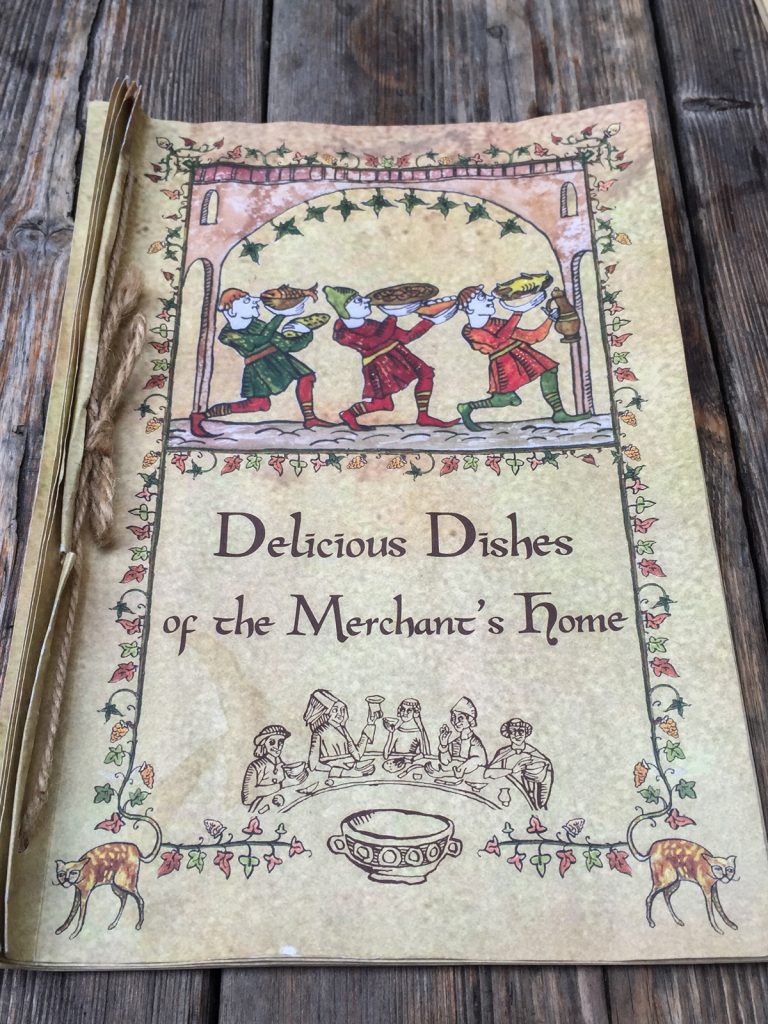
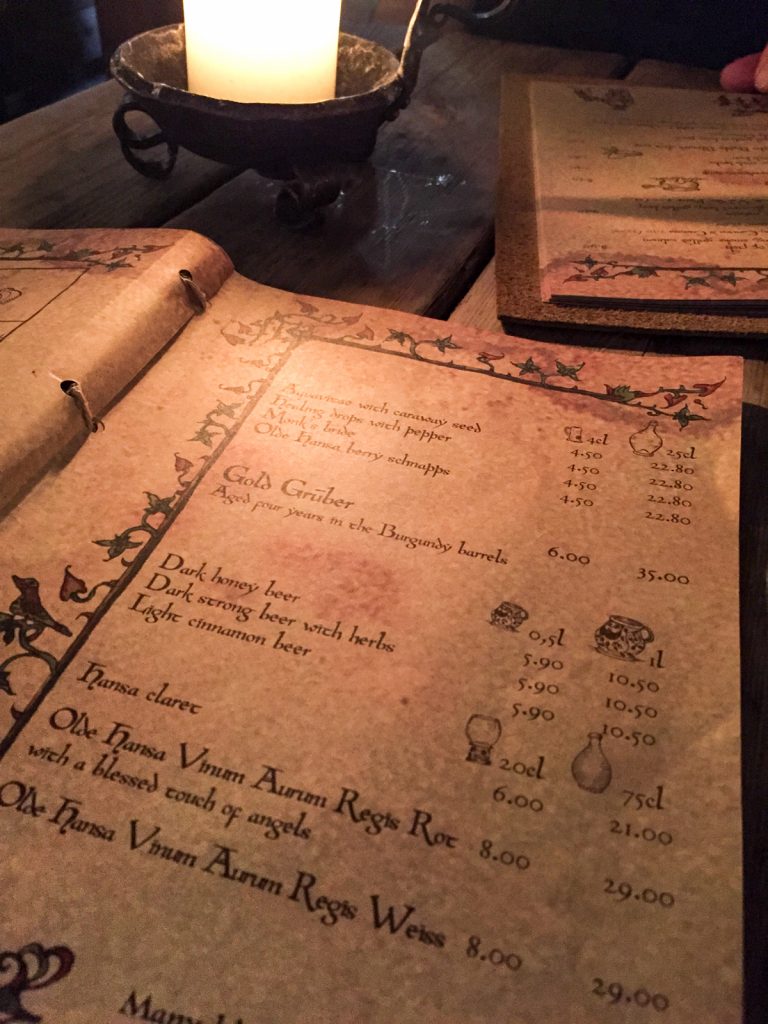
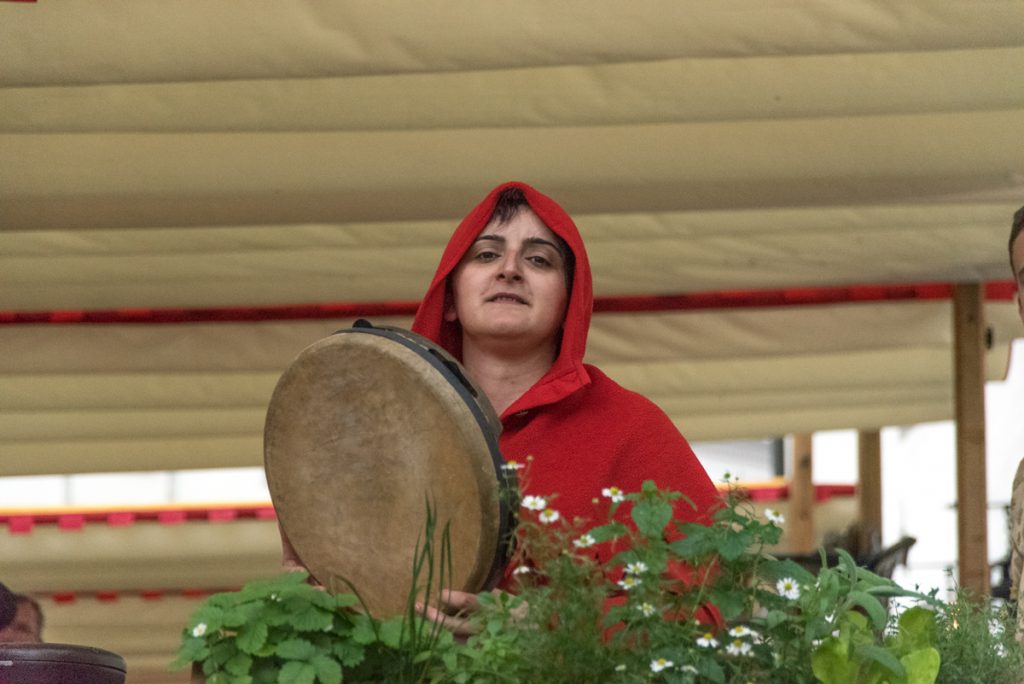
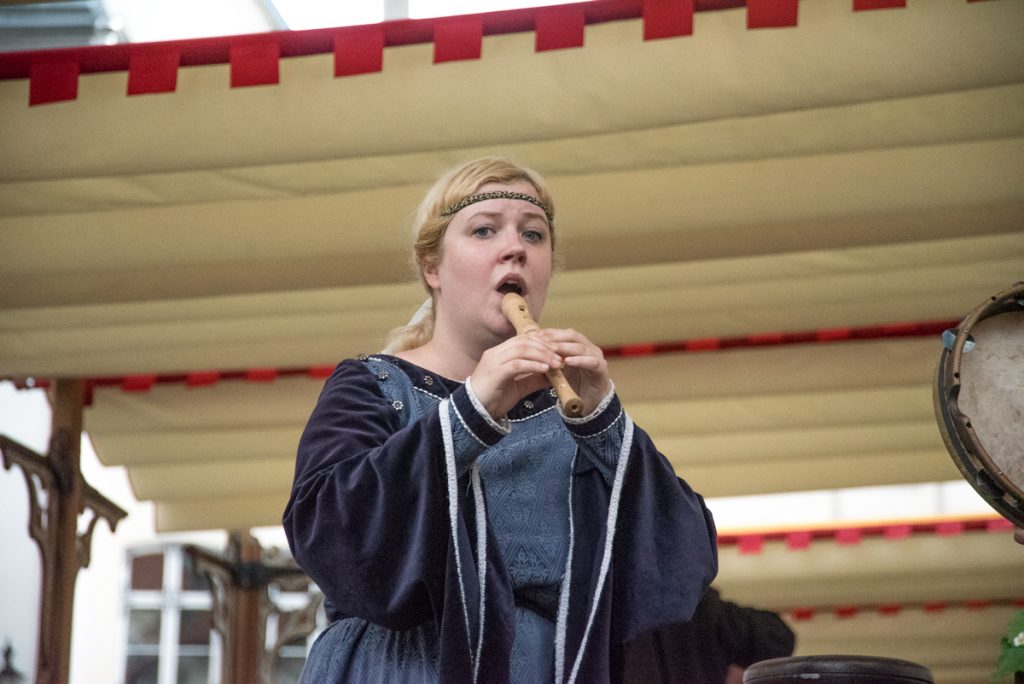
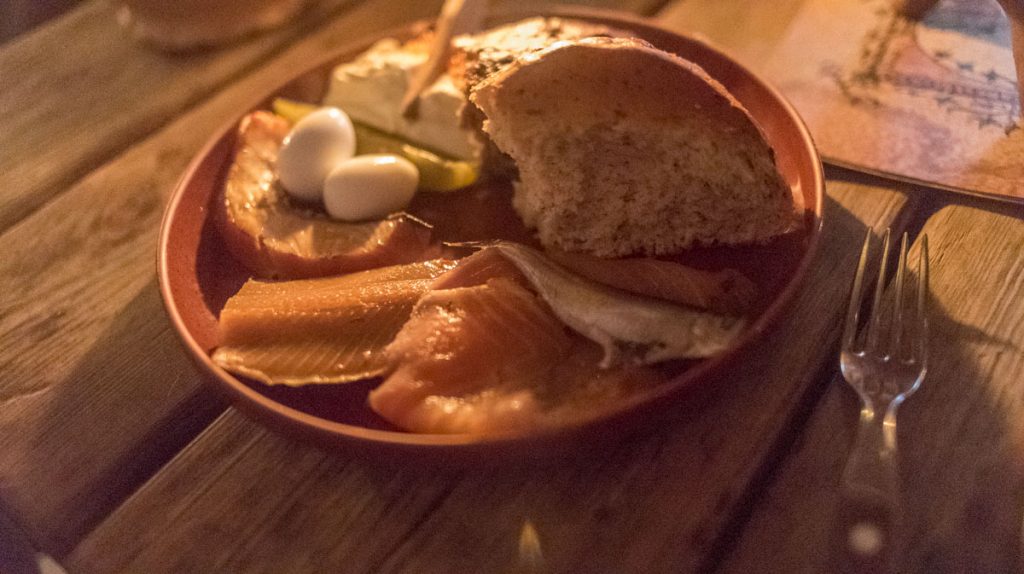
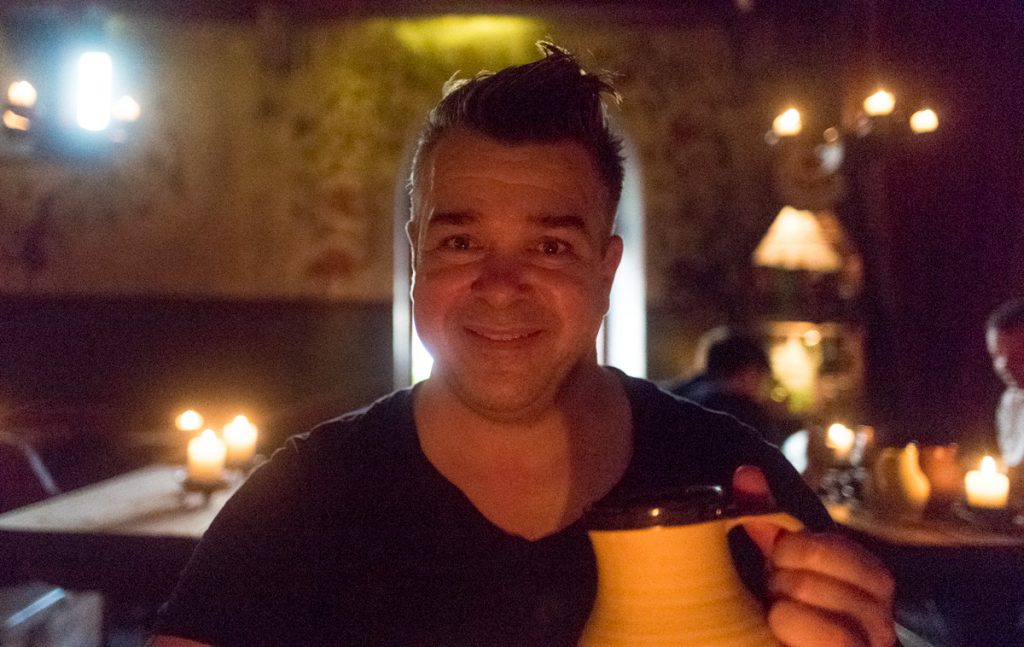
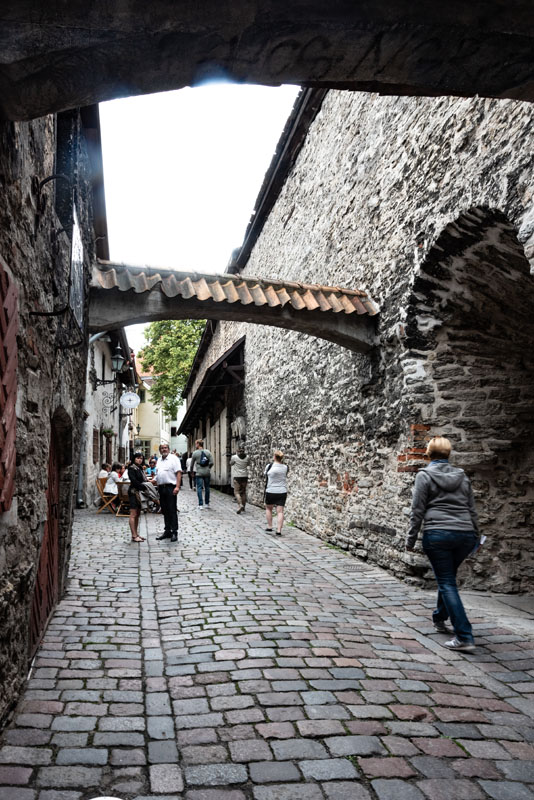
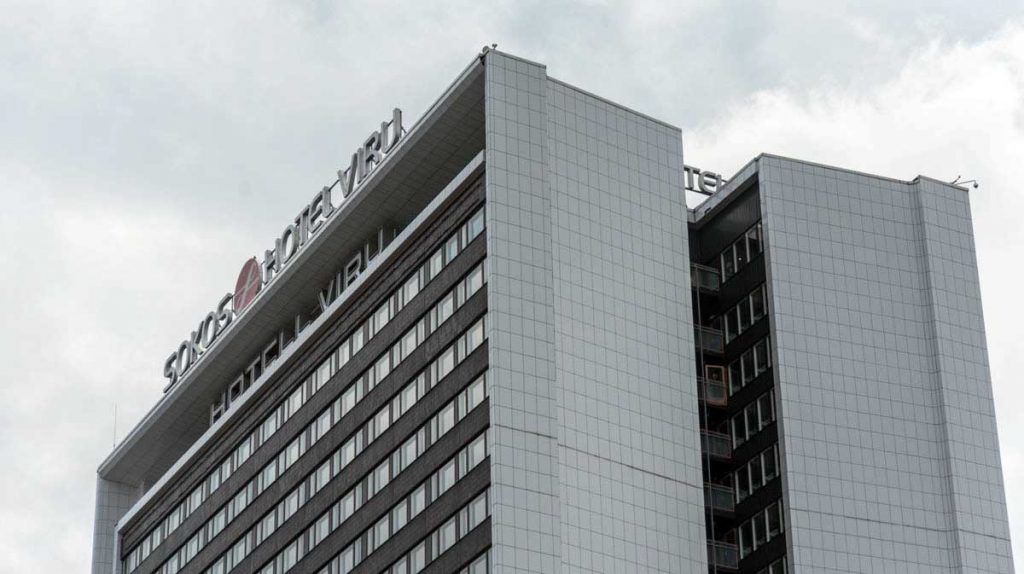
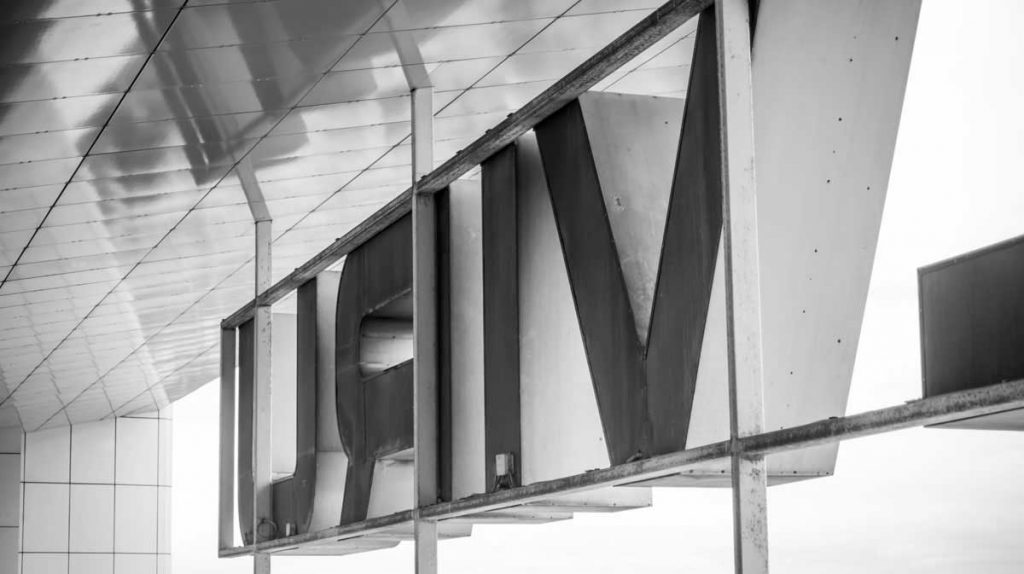
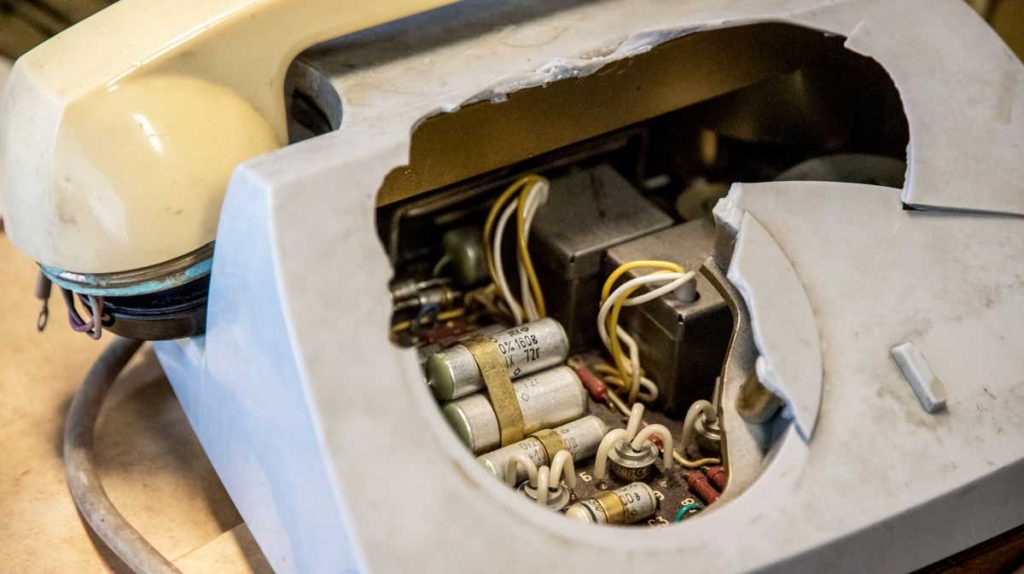
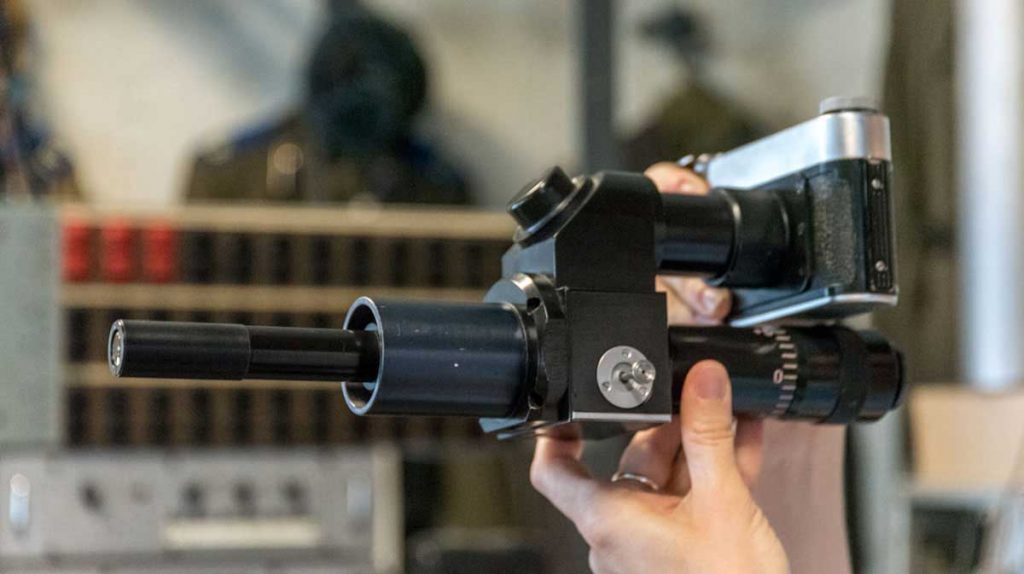
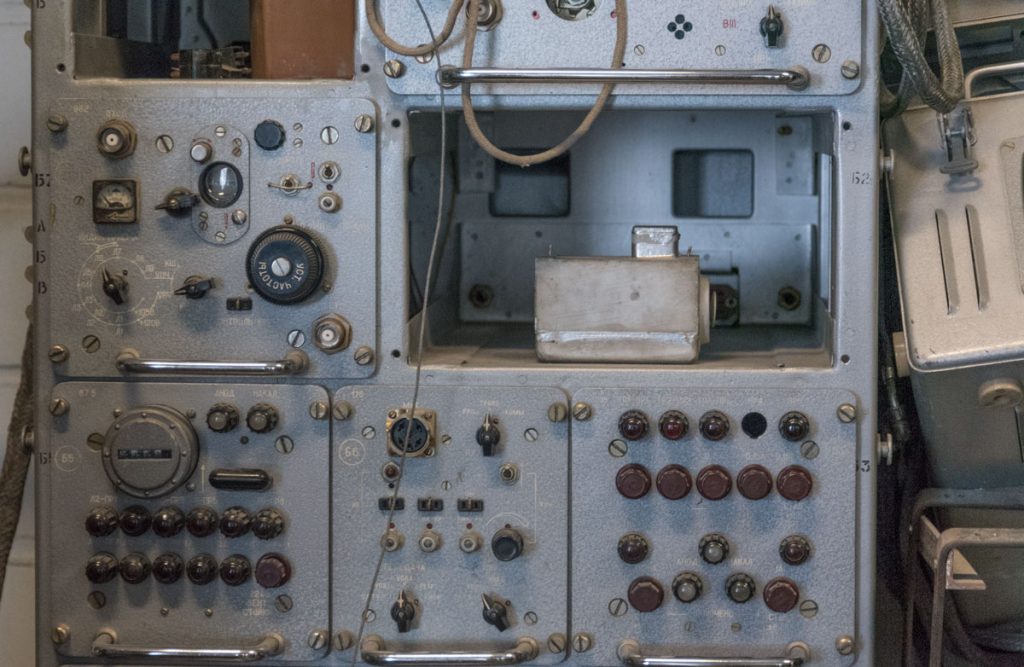
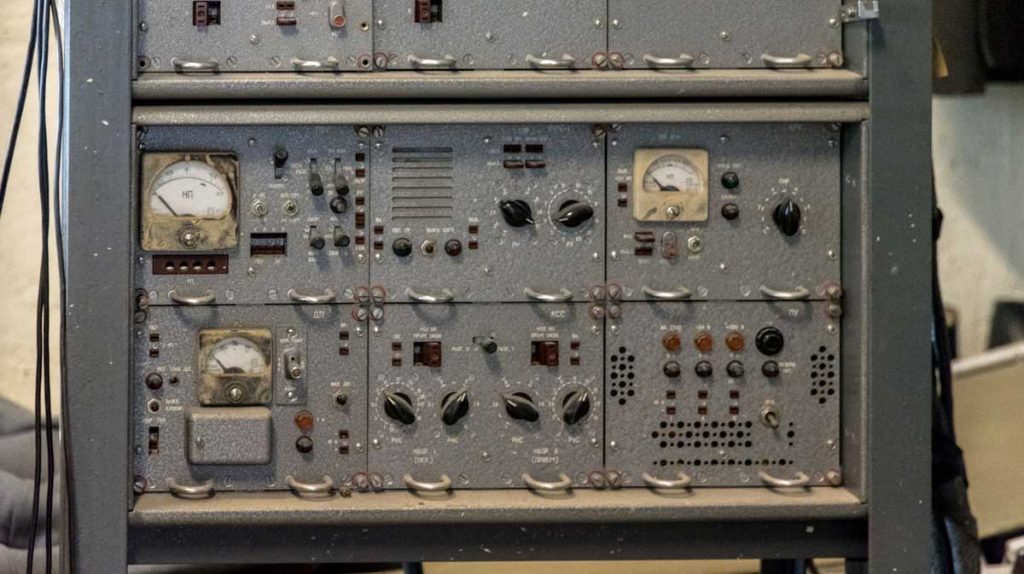
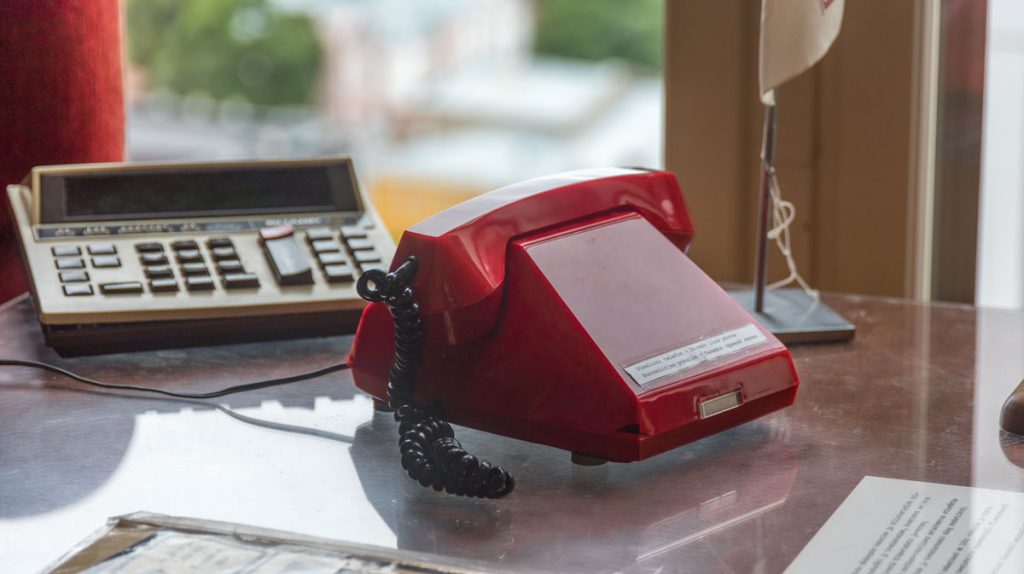

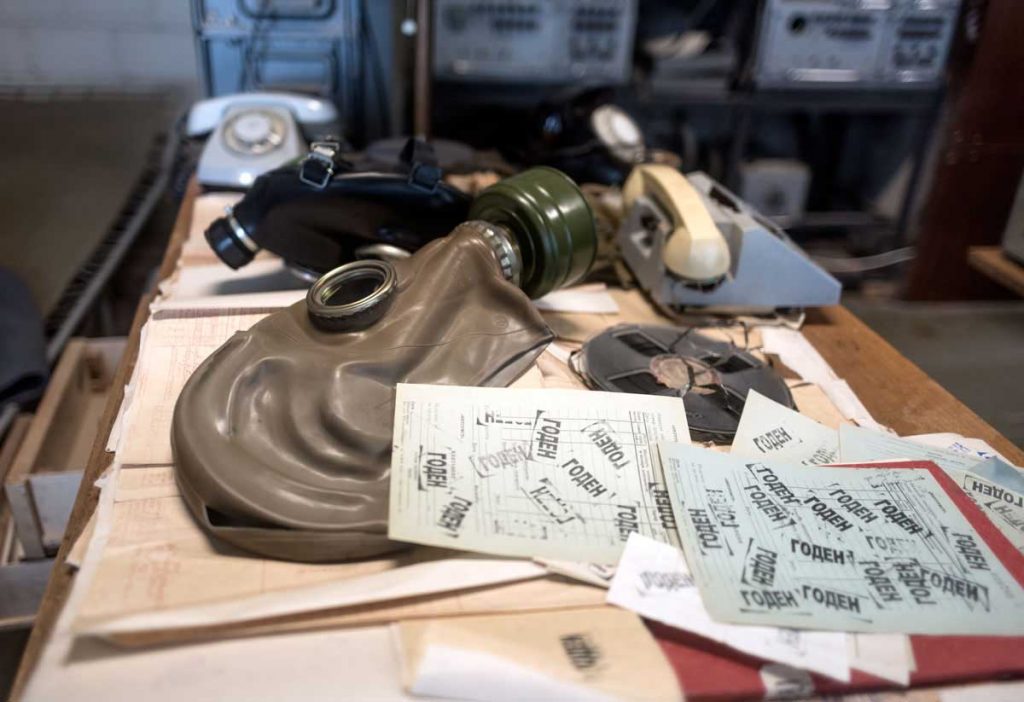
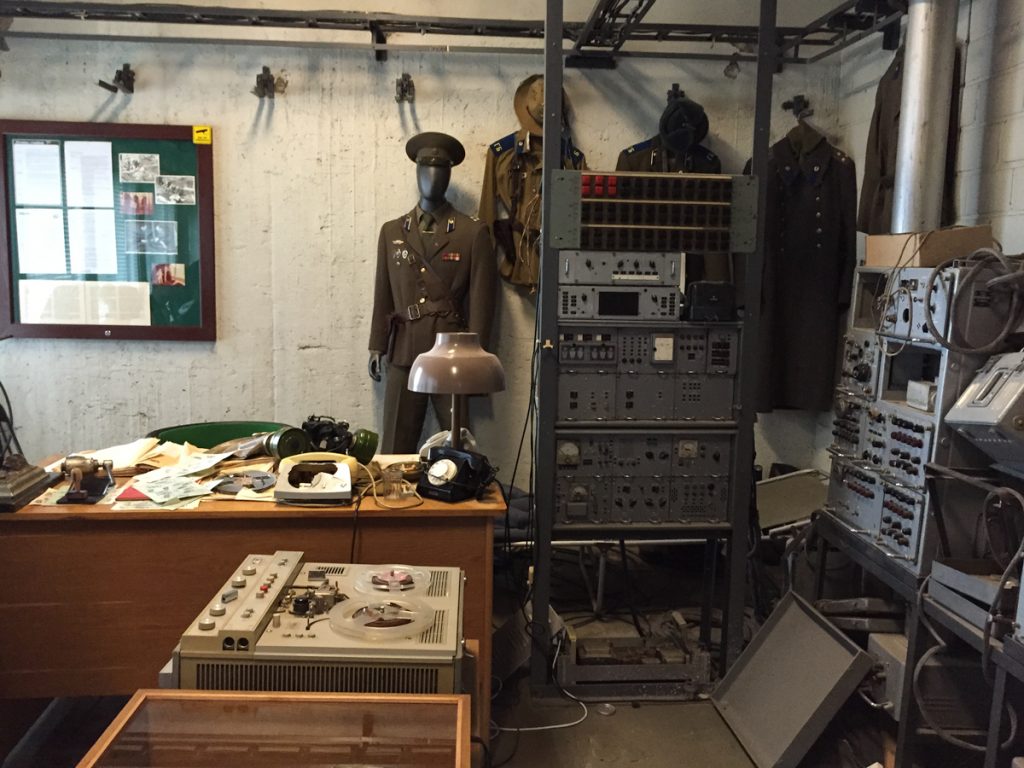
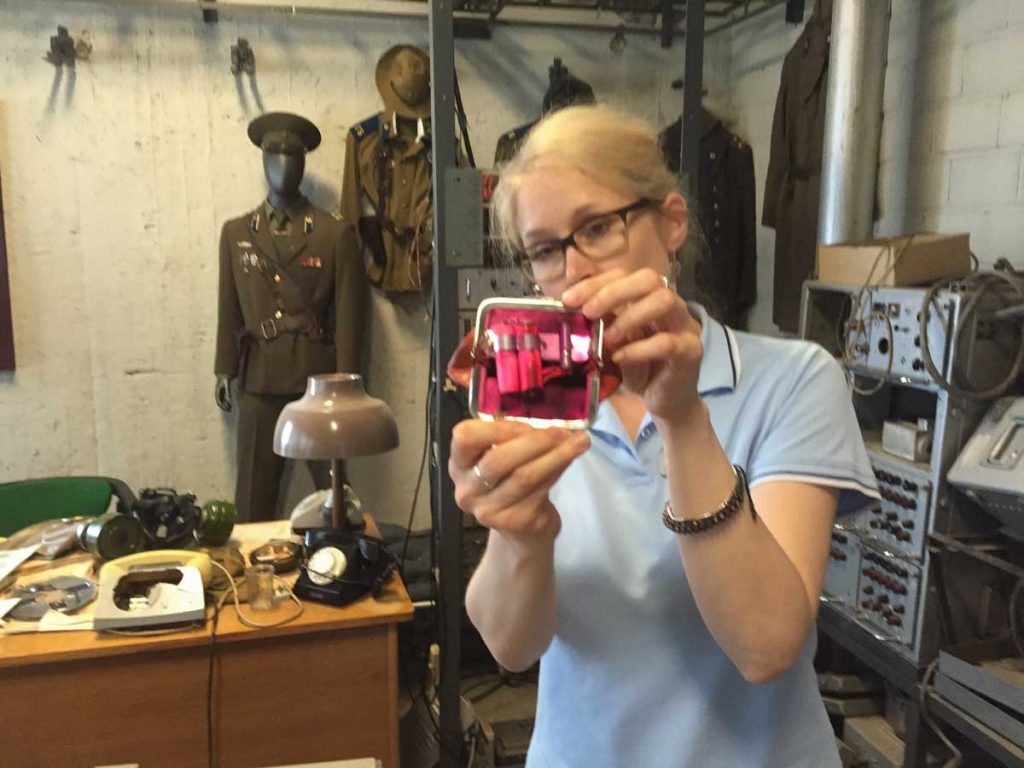
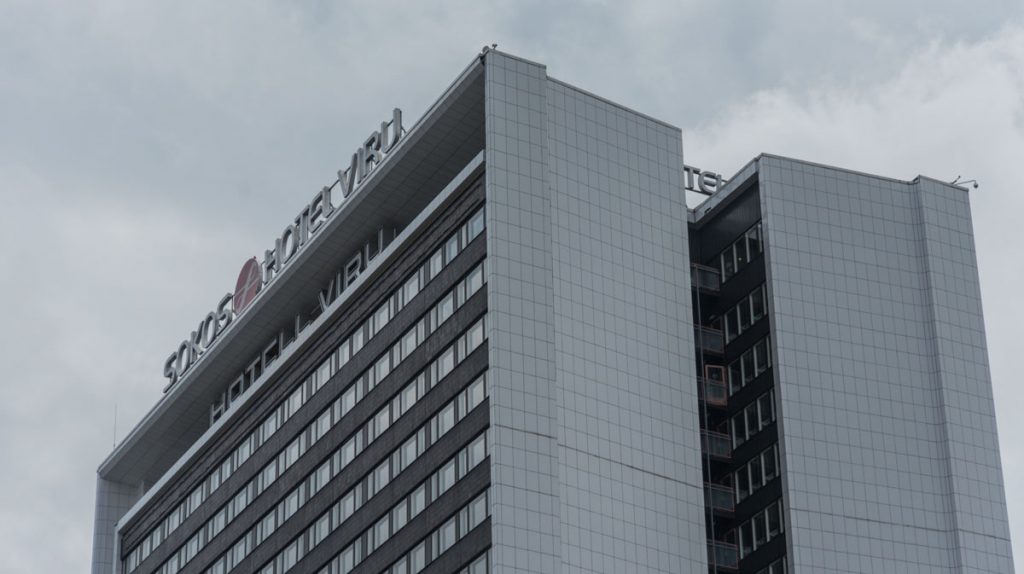
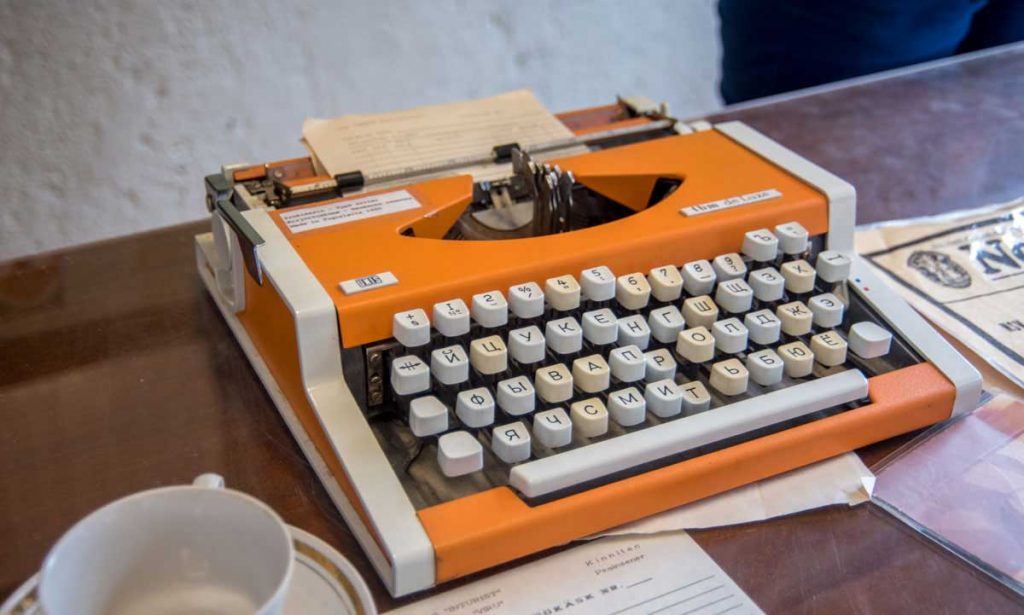
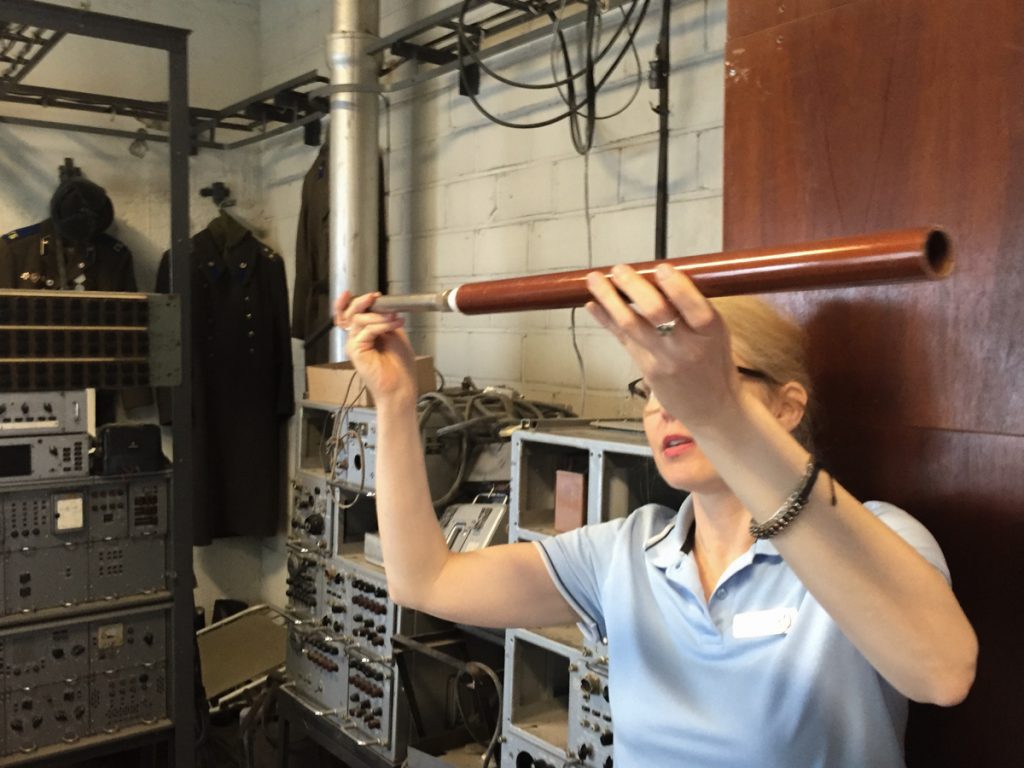
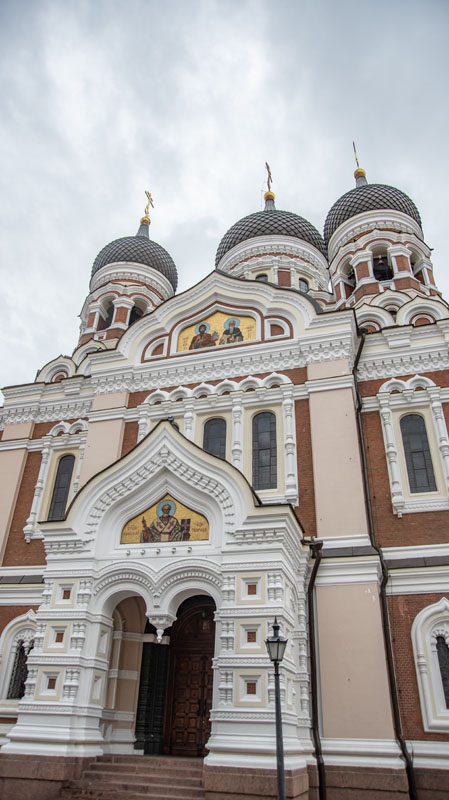
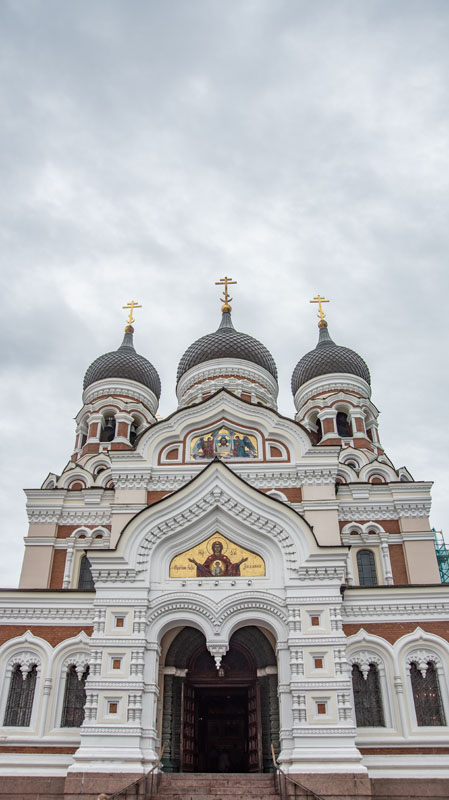
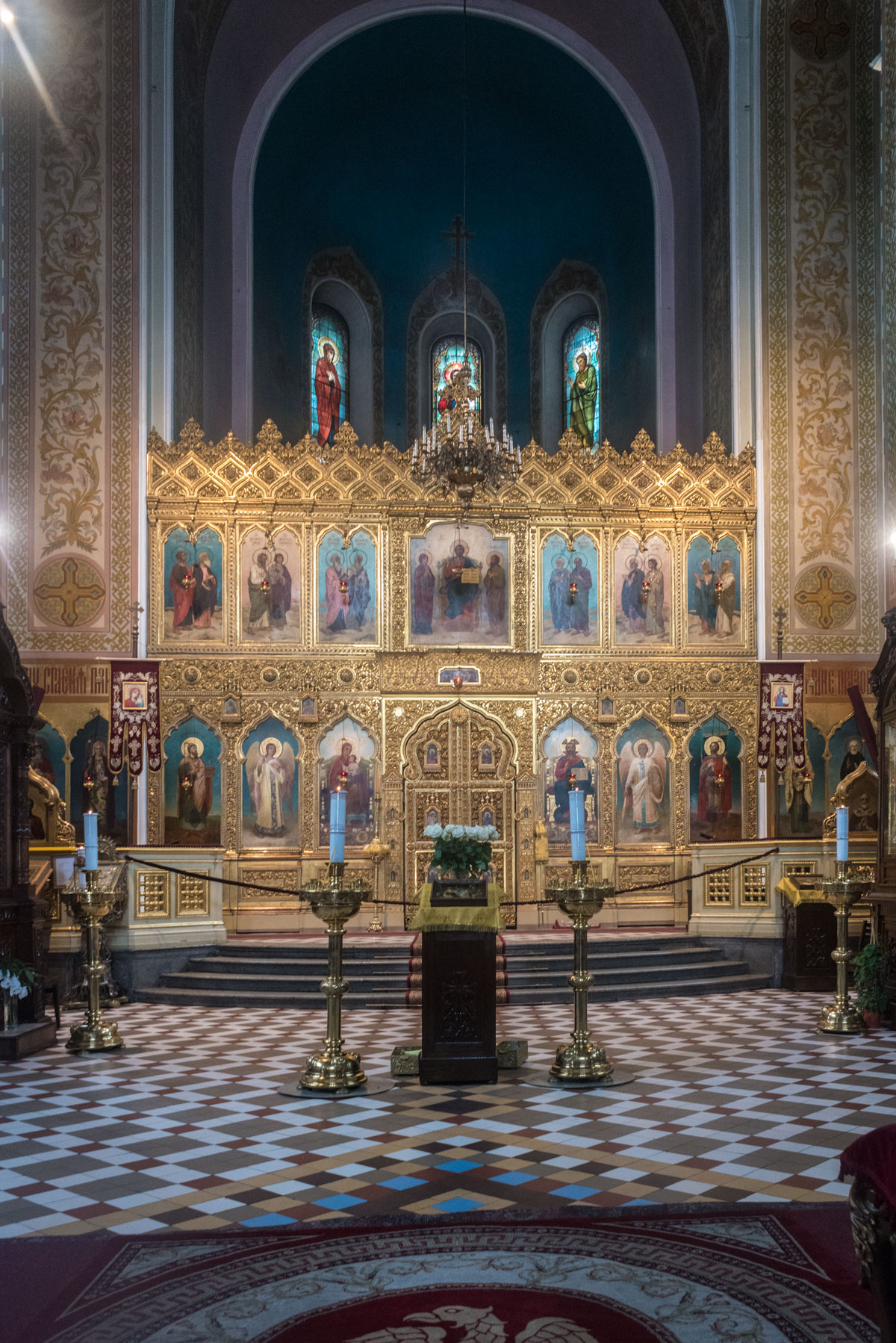
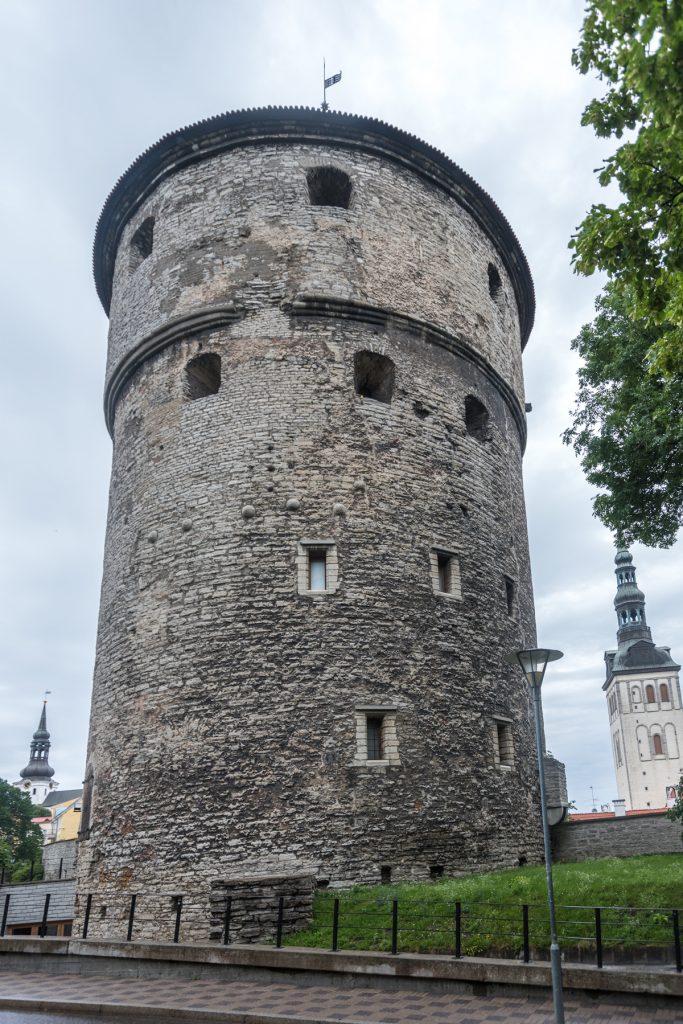
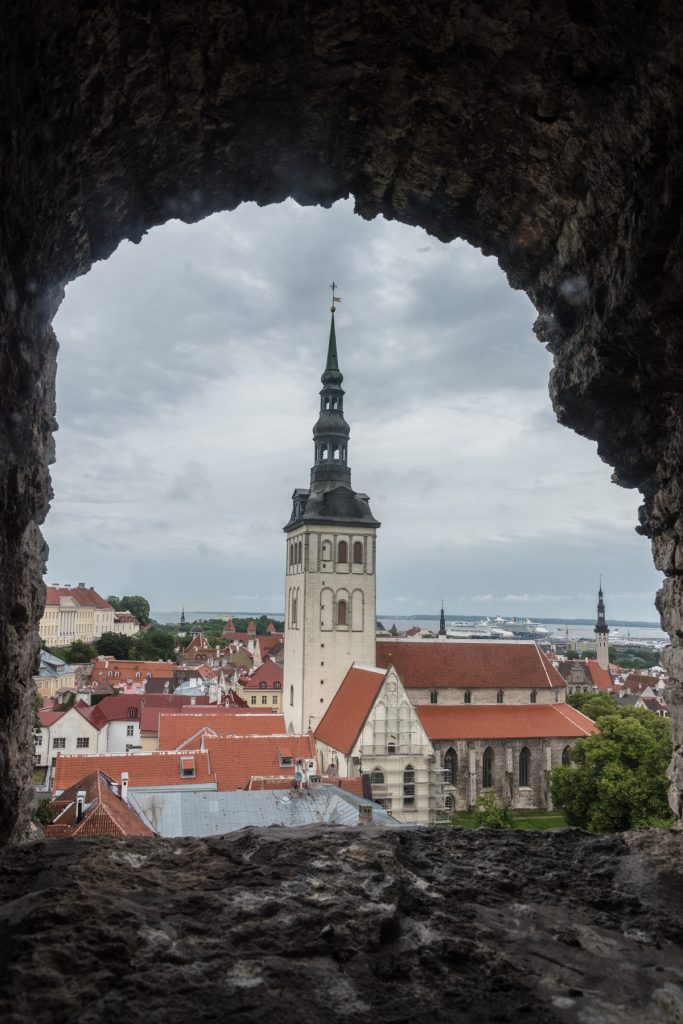
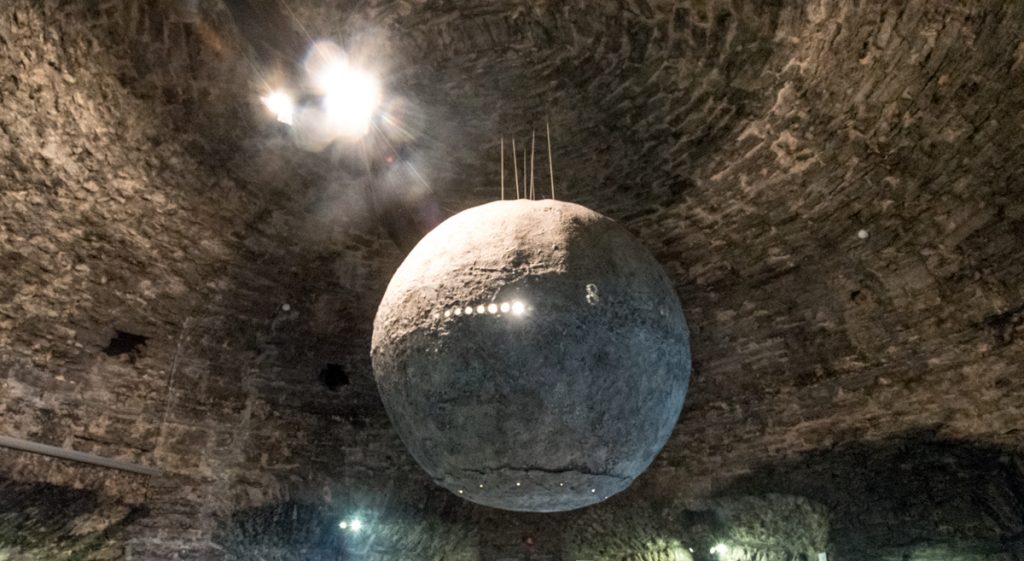
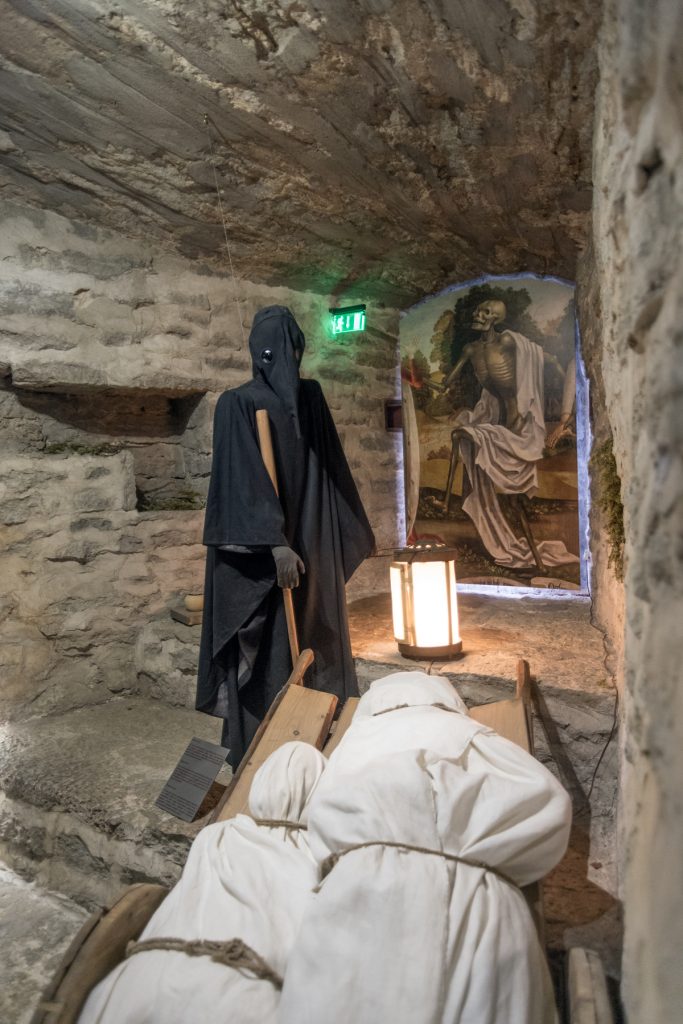
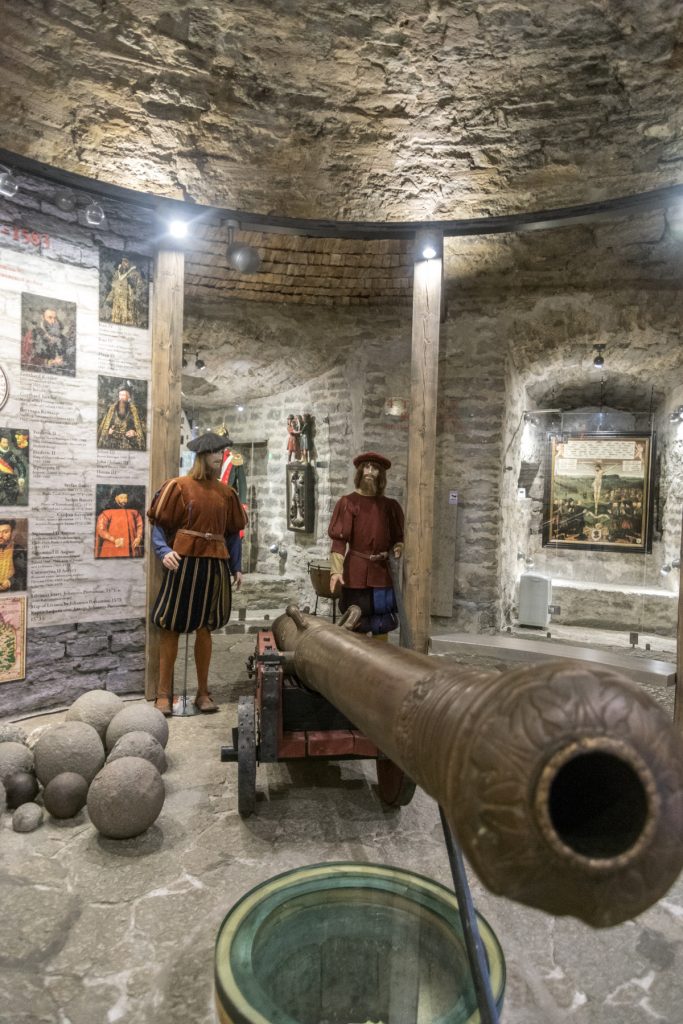
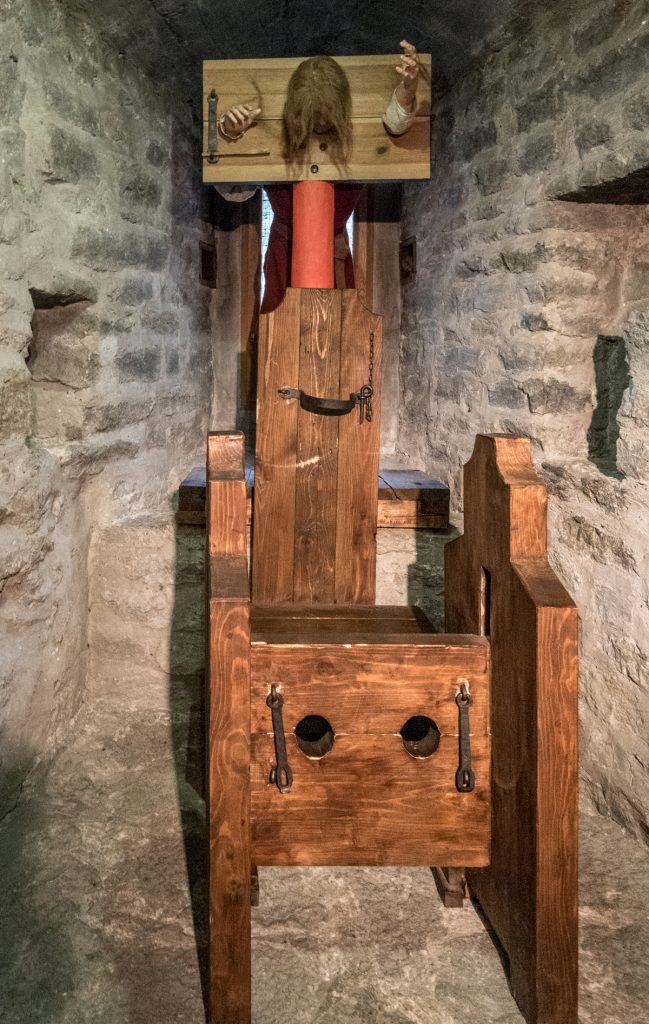
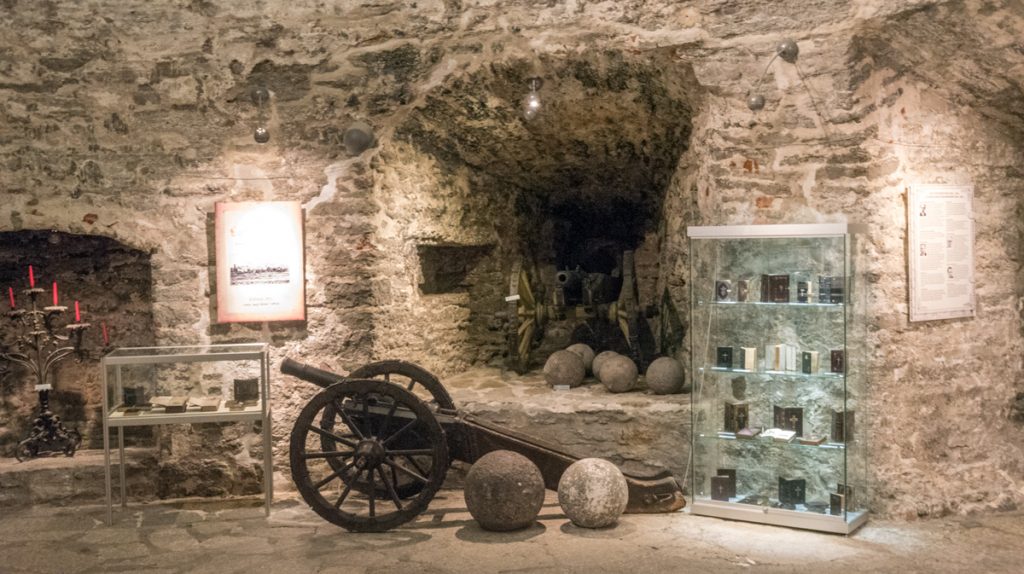
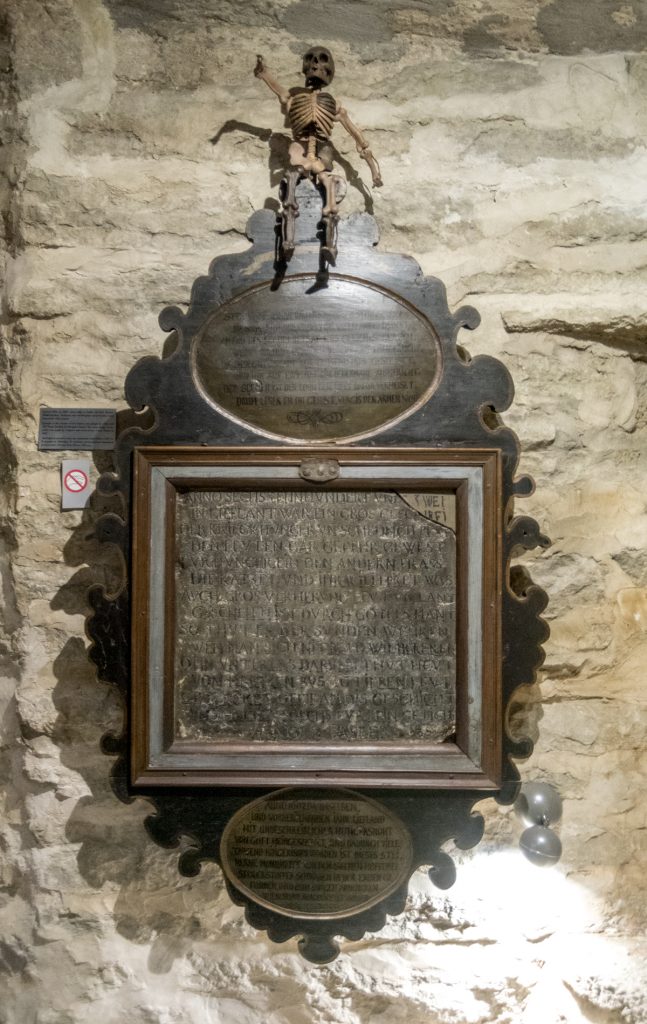
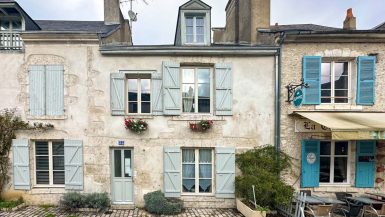
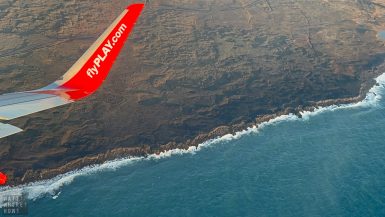
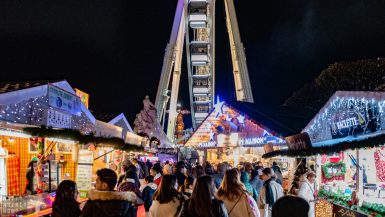
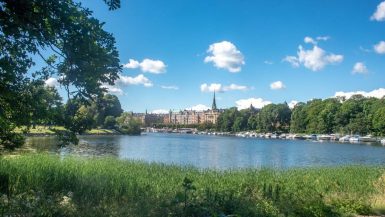
Looks incredible!! Seems like you did quite a bit in a short time! And all your pics are great – I need some photography lessons from you guys!! xx
Excellent article and very detailed. I love how many photos you included. Brings back memories of when I visited two years ago. On one of the viewing platforms, there is a local seagull named Steven. Did you meet him? The Viru hotel and Seaplane harbor were very cool experiences. I had the elk stew at Olde Hansa and a enjoyed the honey beer as well. Guilty of entering that McDonald’s for some fries one day :/
Hey David, Thanks for stopping by! Choosing photos is so hard 🙂 We actually follow an instagram called TallinnSeagull, so maybe Steven is social media savvy. We had wanted to order the banquet options but as a couple, it wasn’t available. Tsk, tsk for supporting the golden arches.